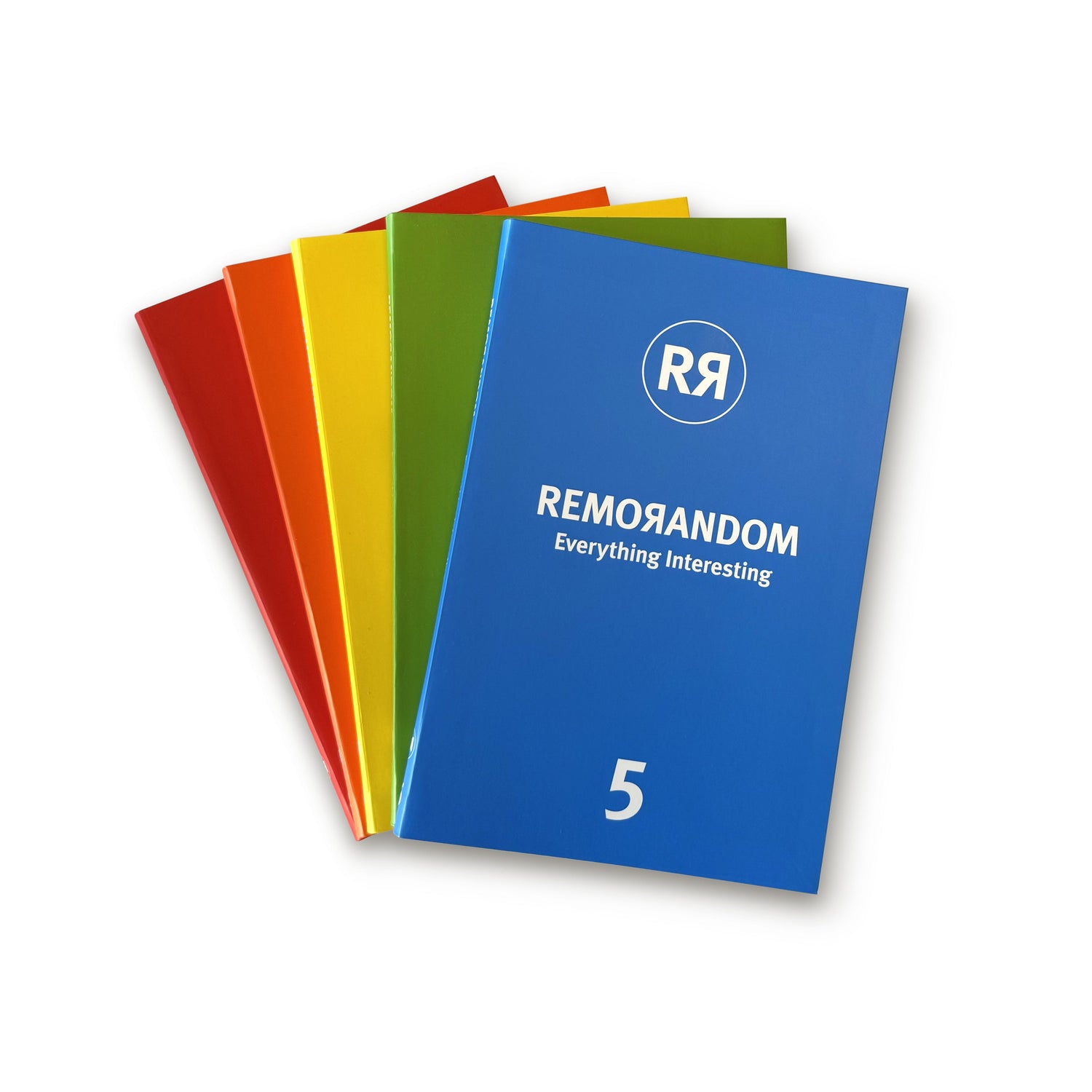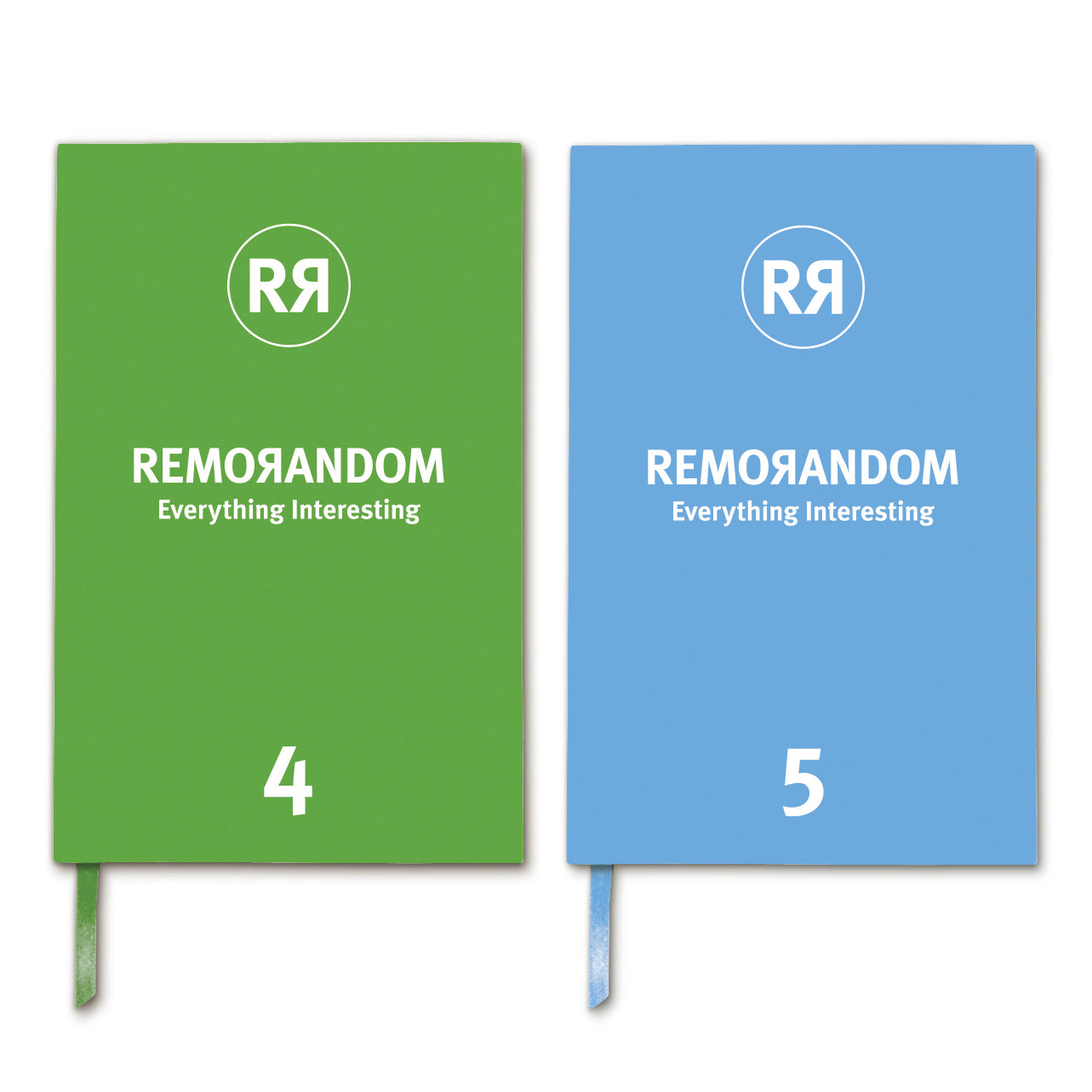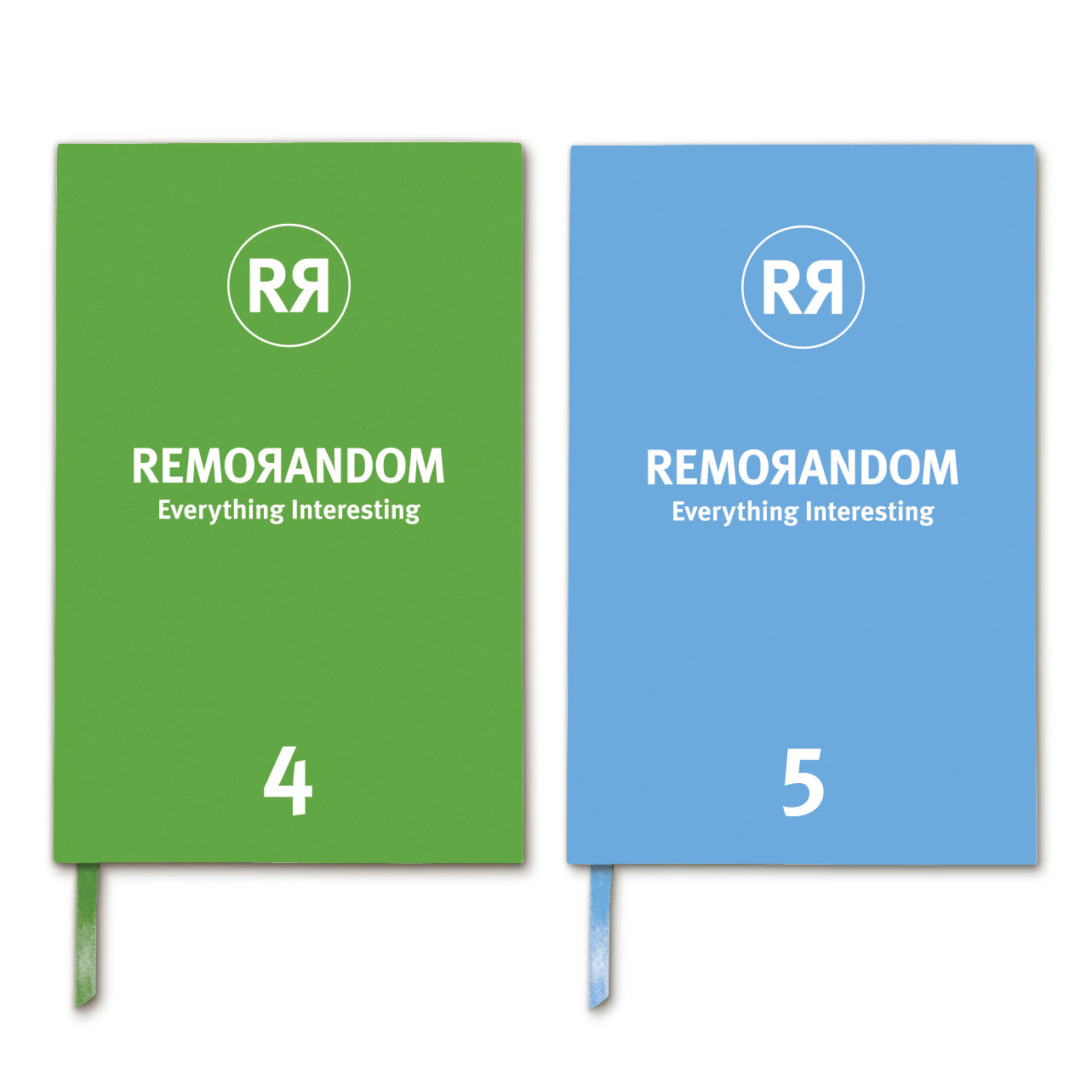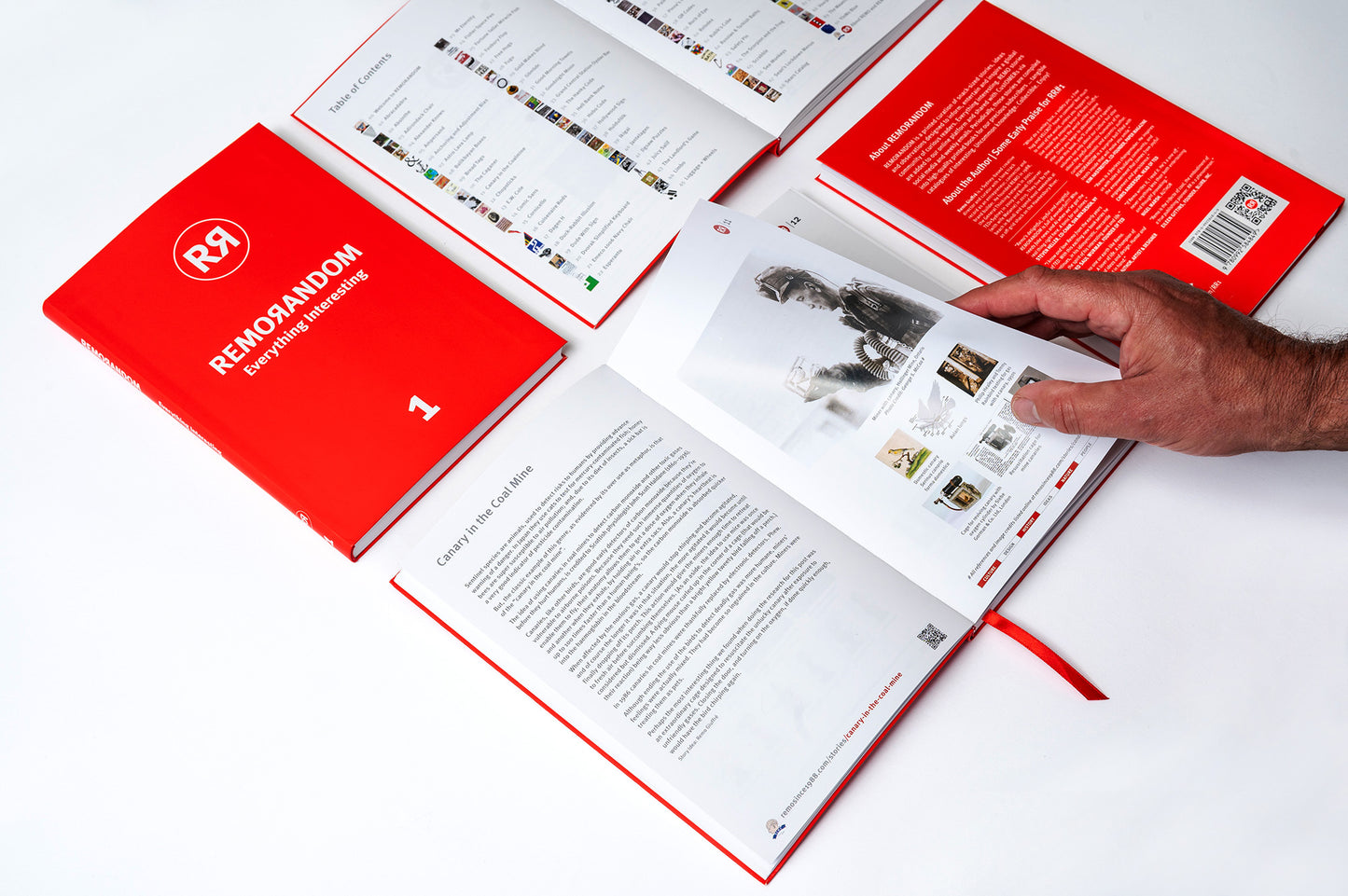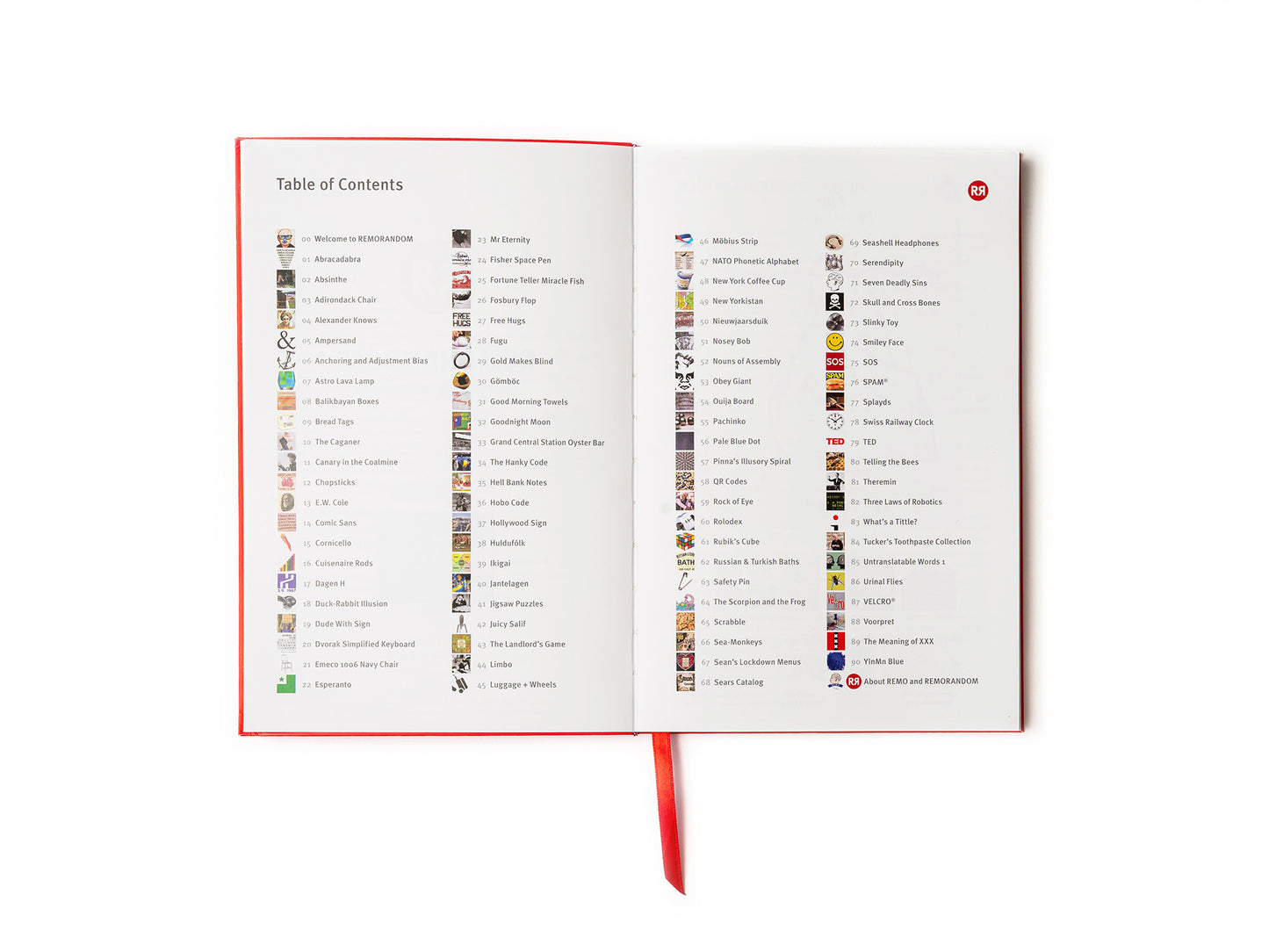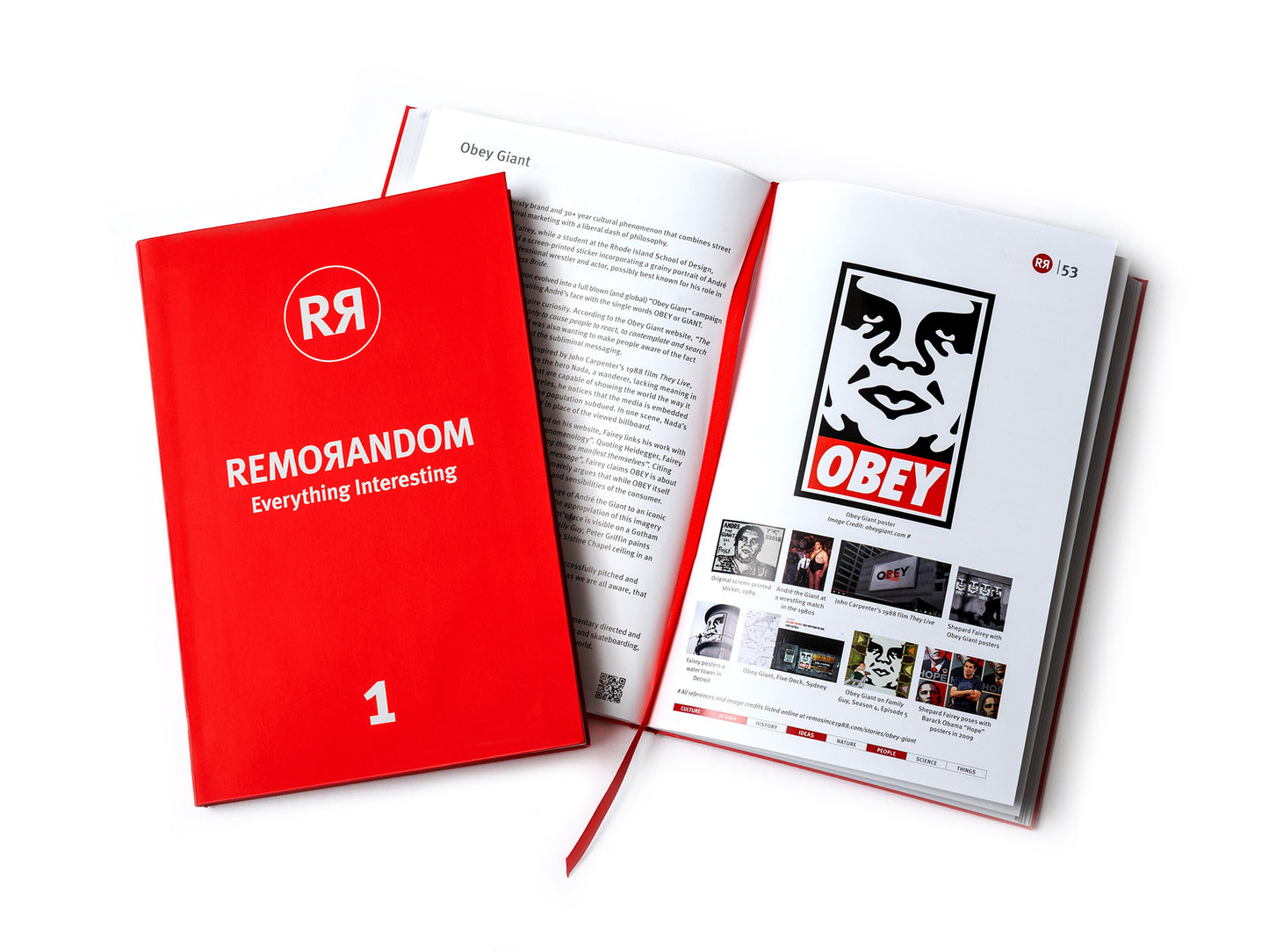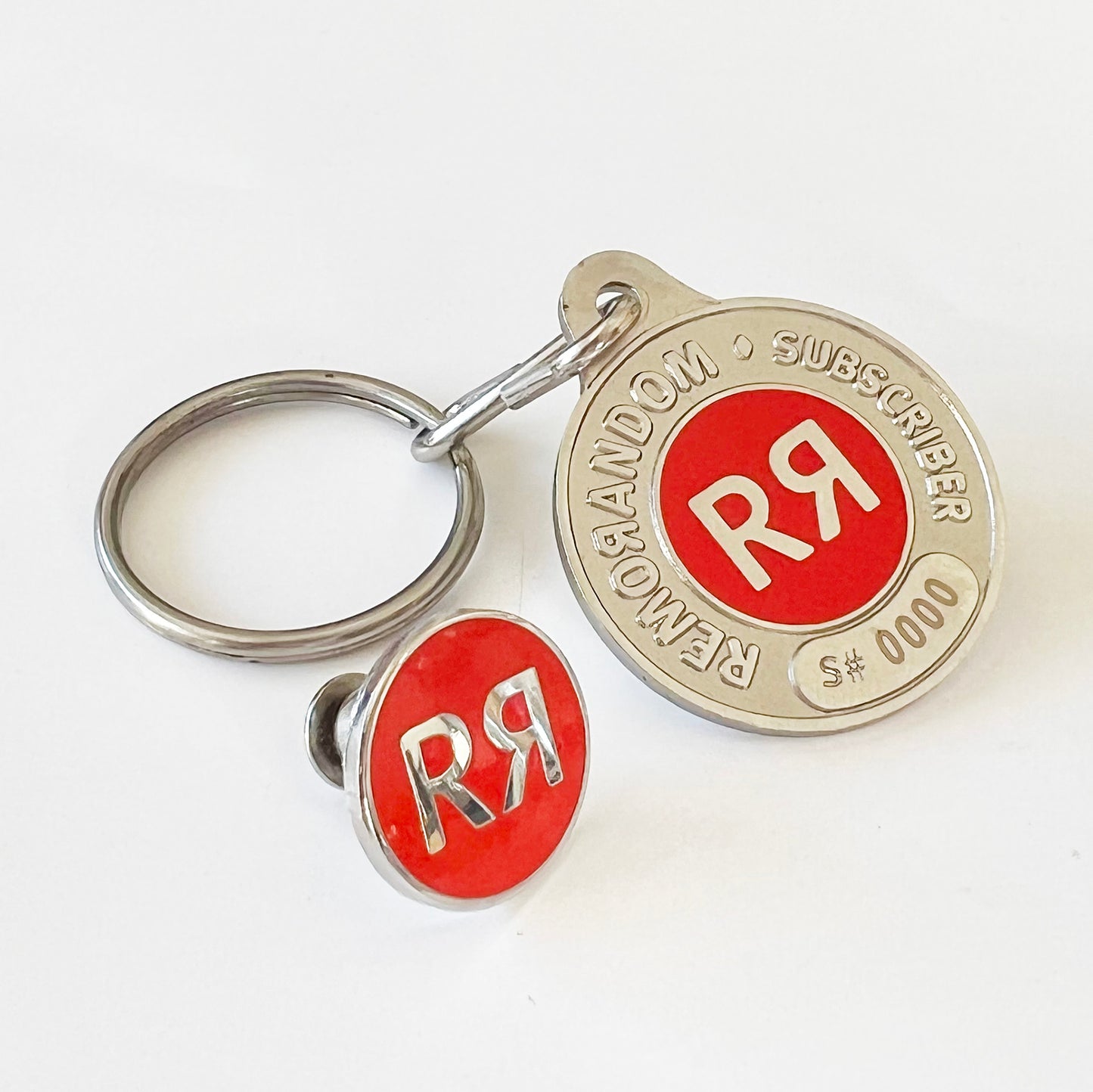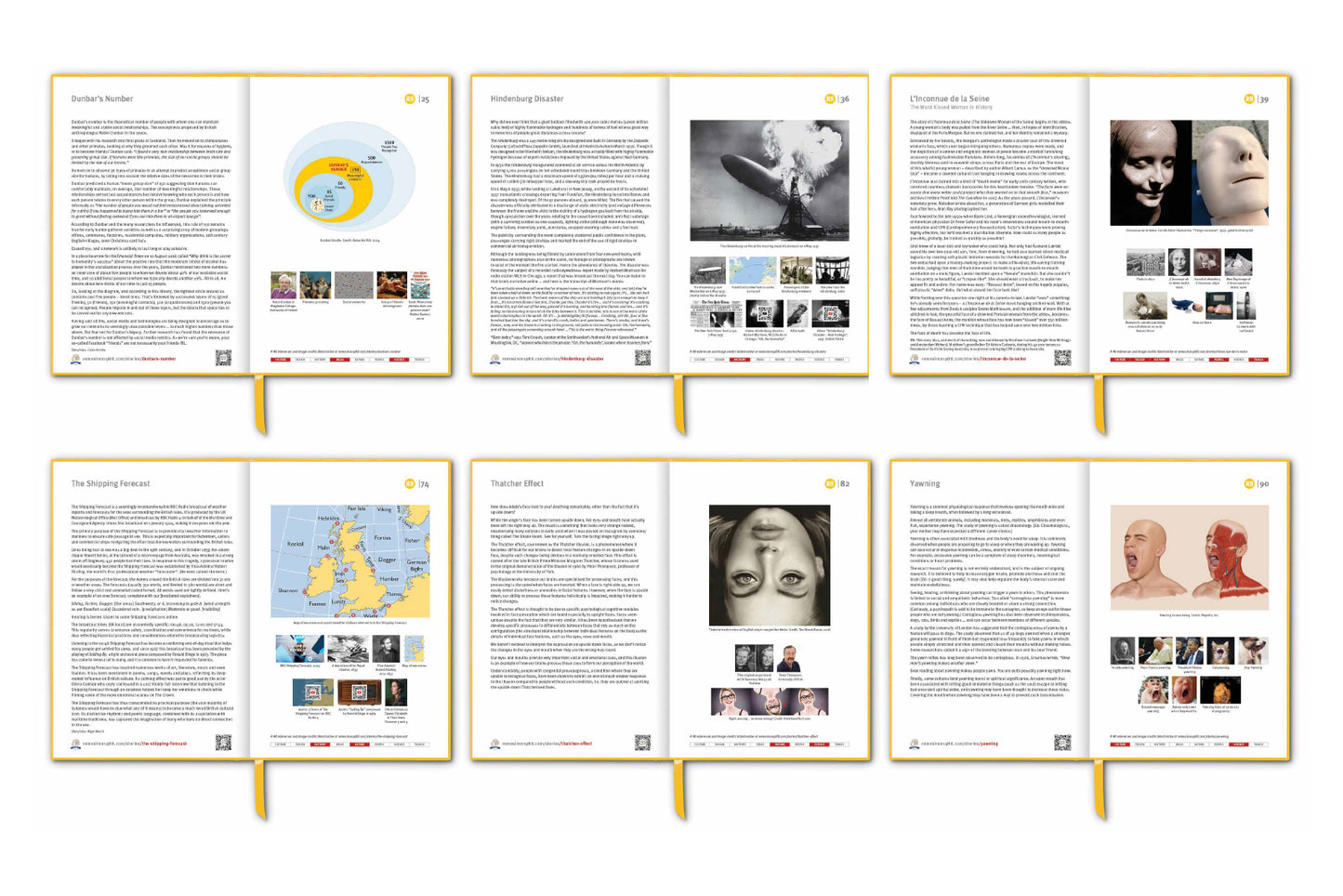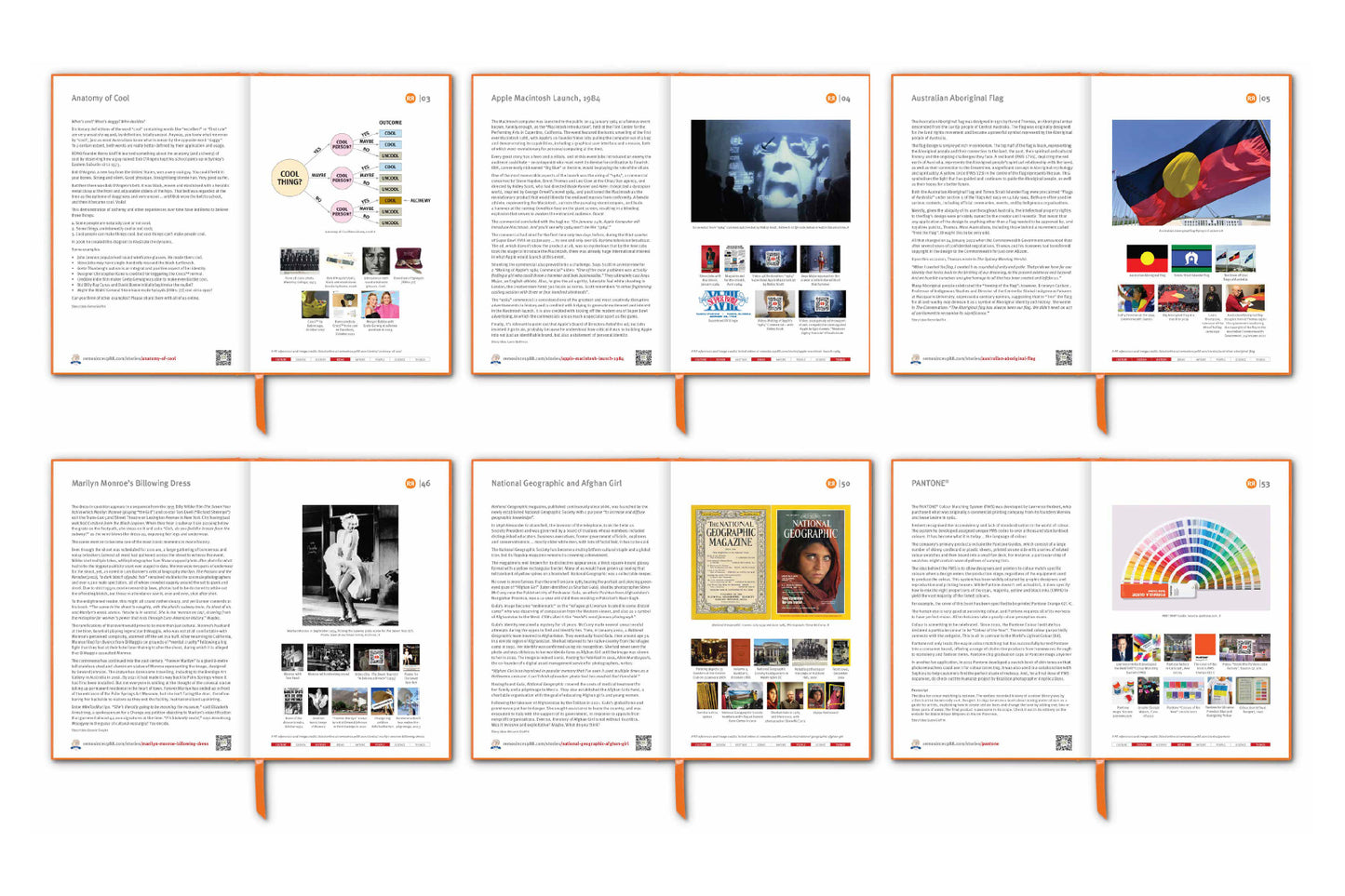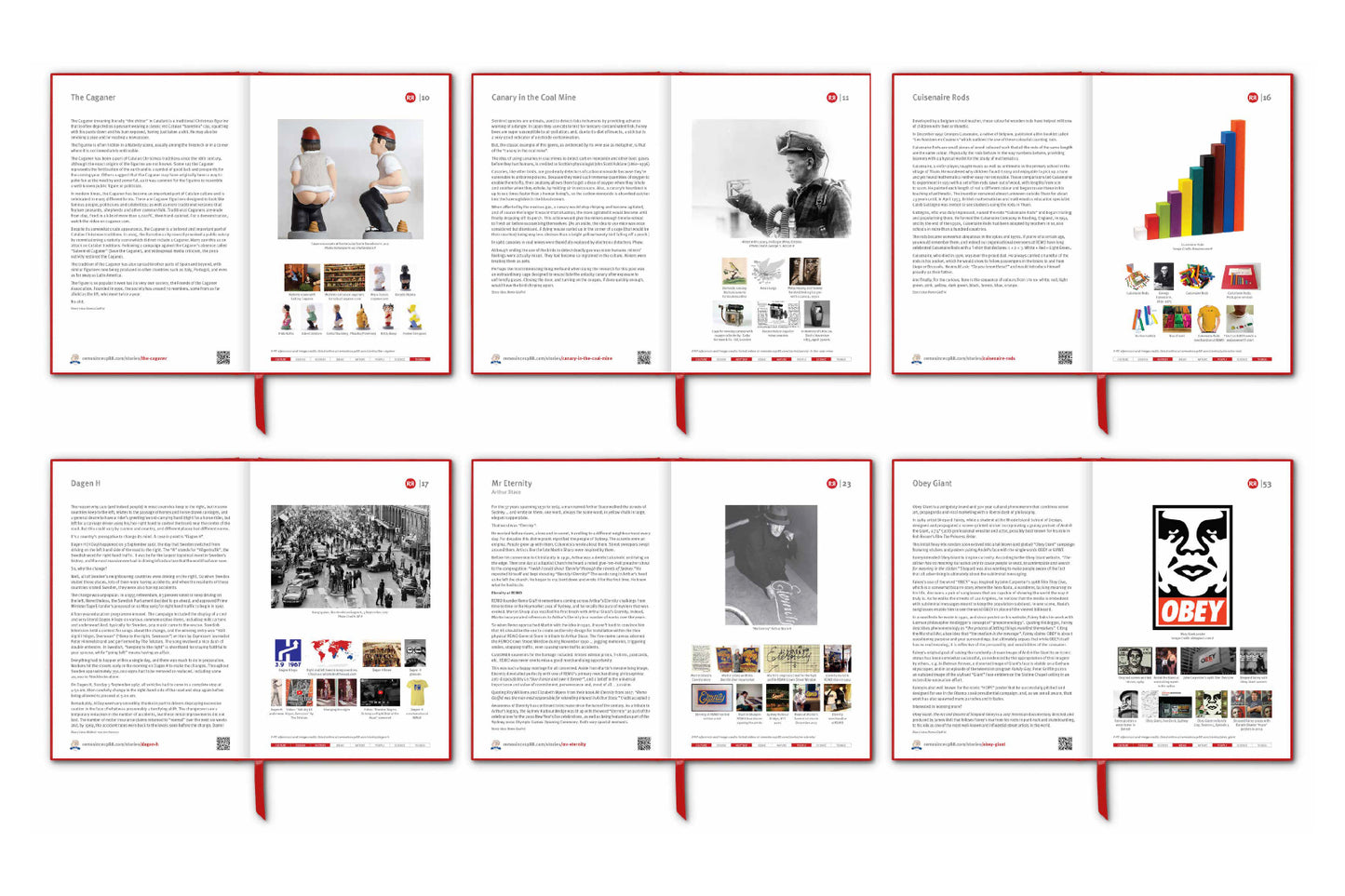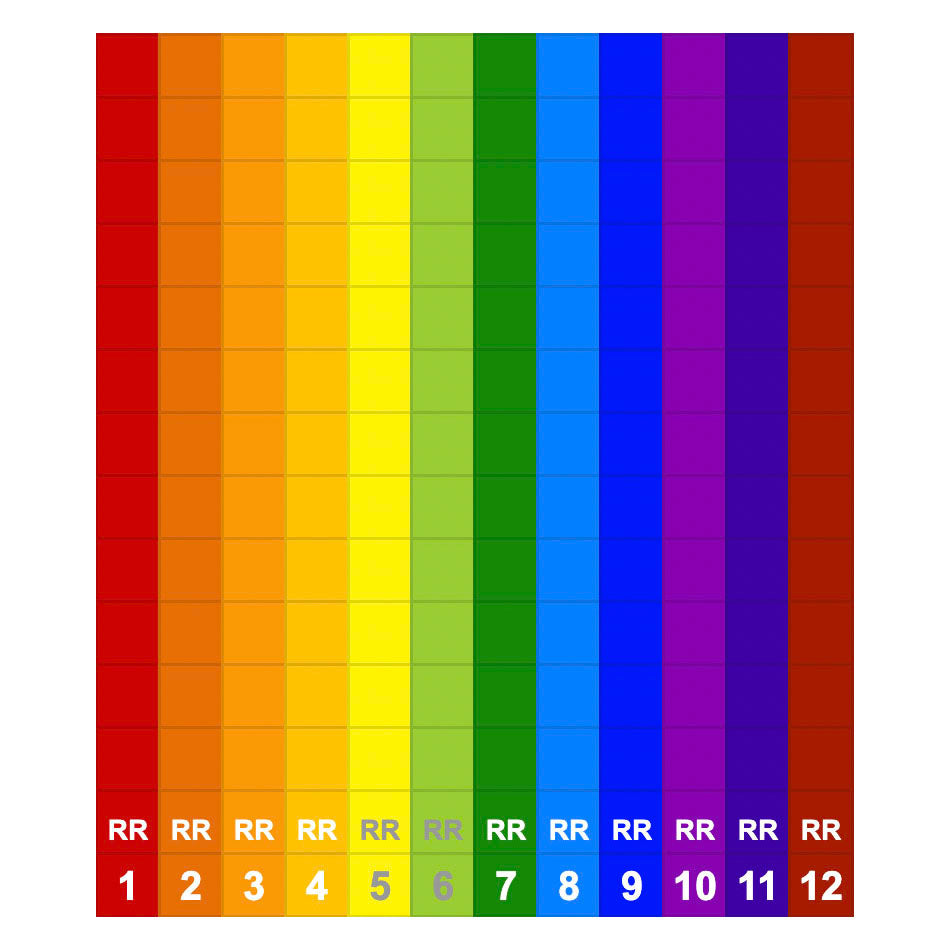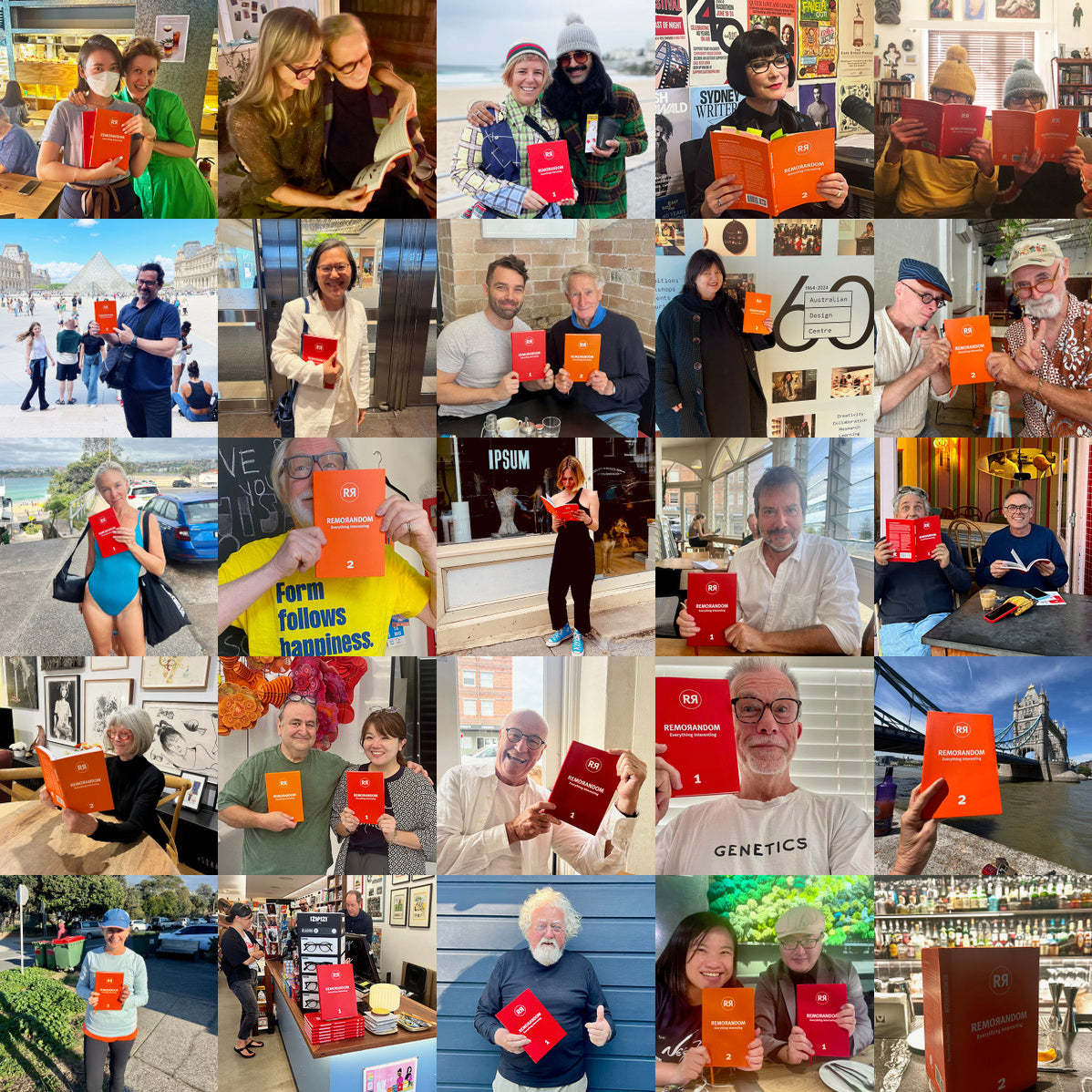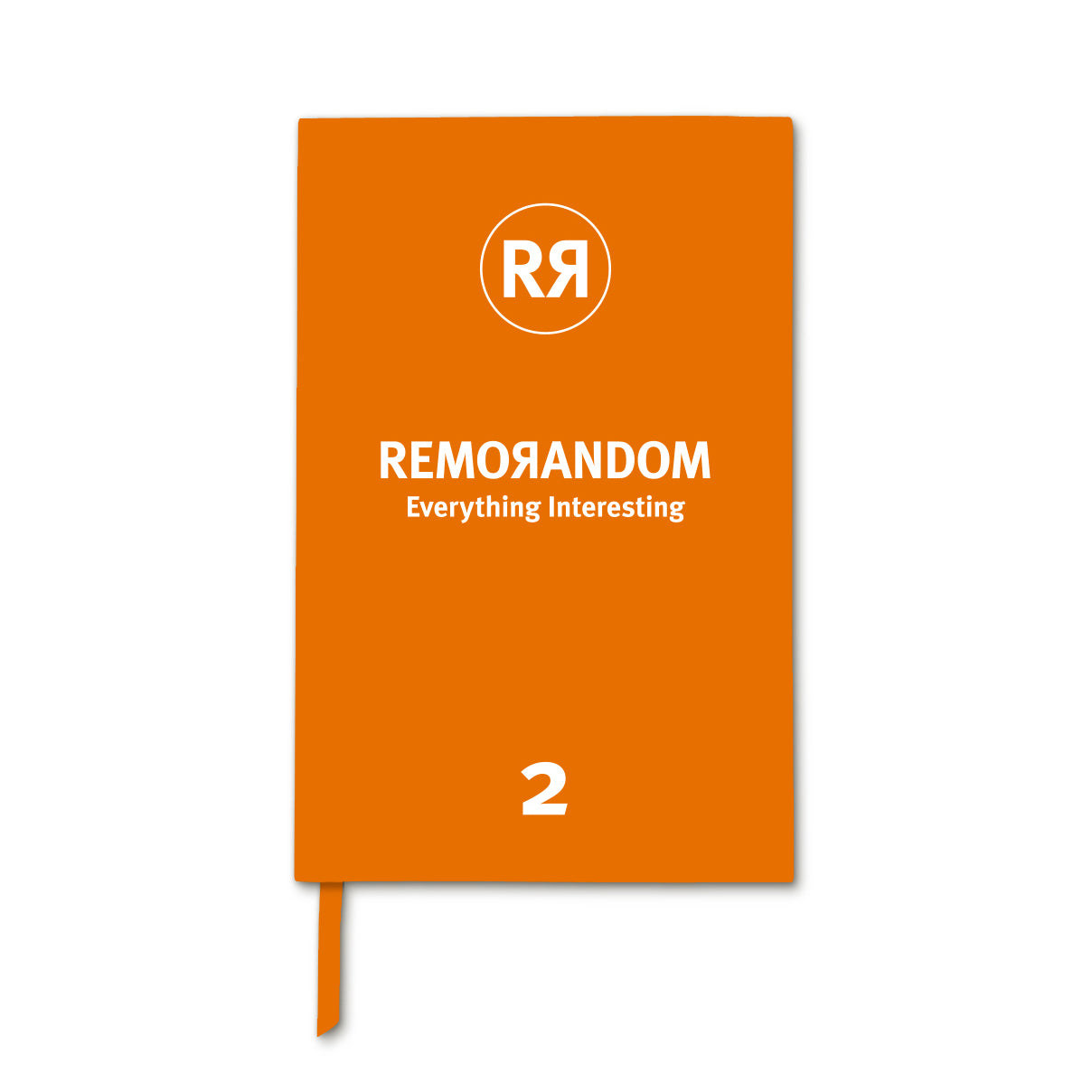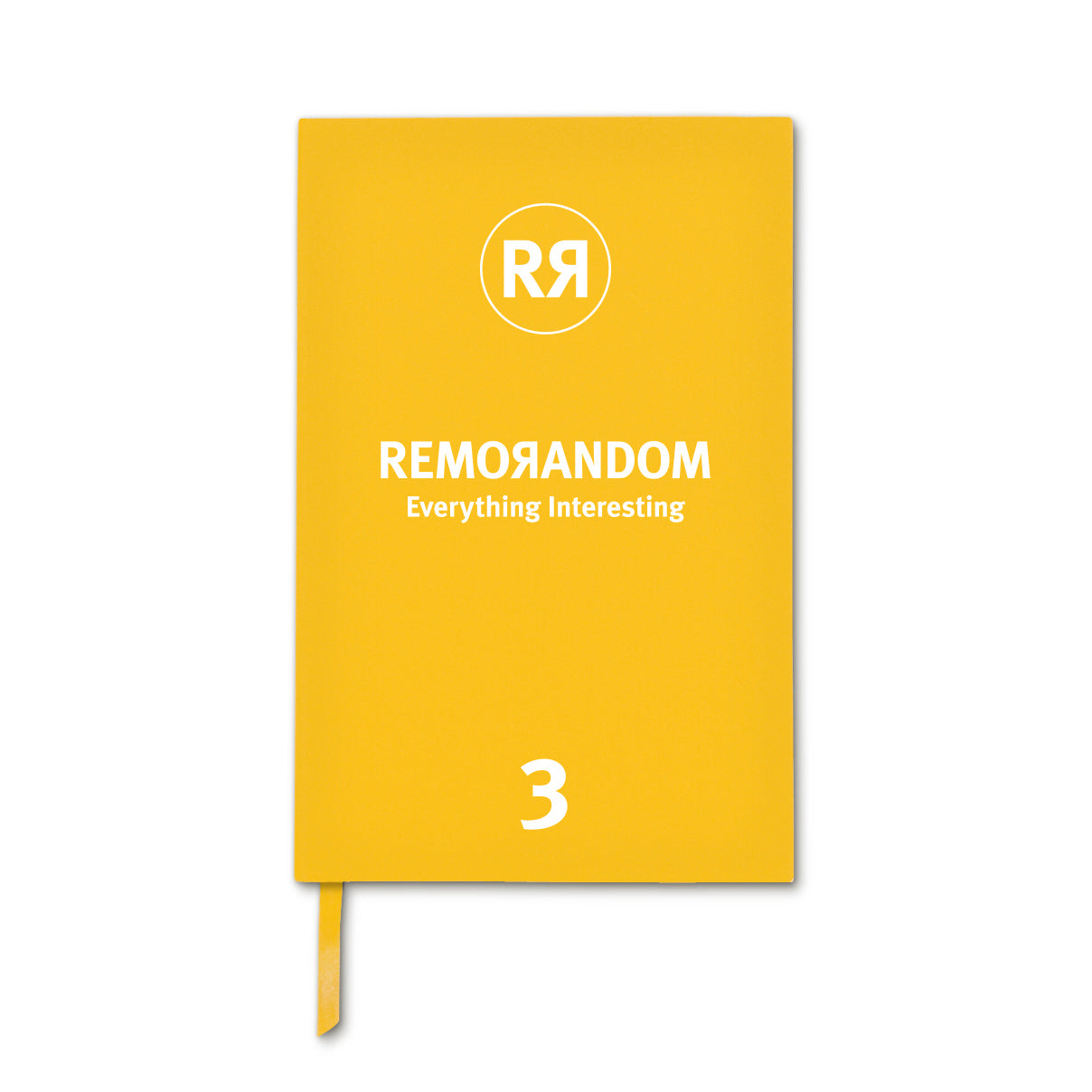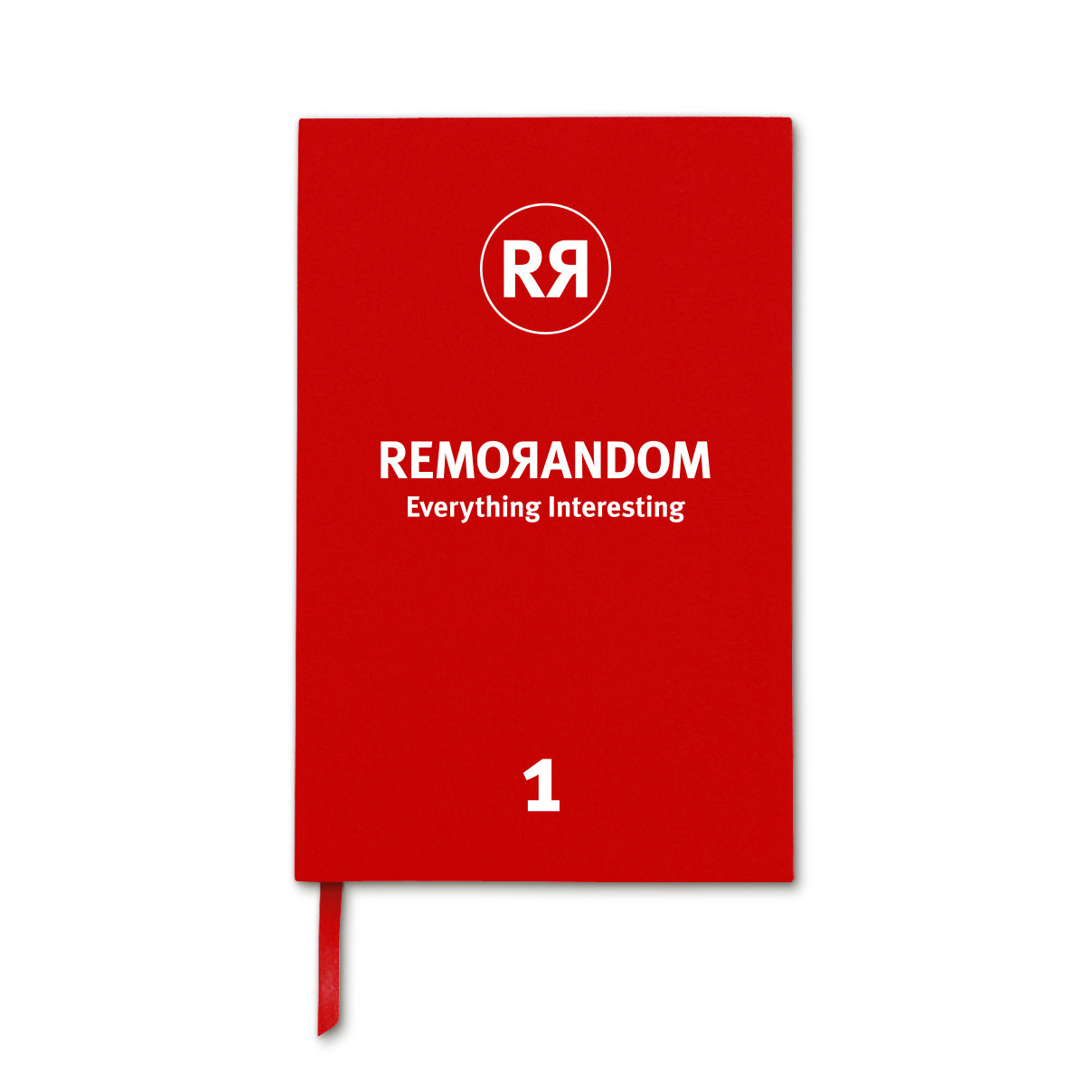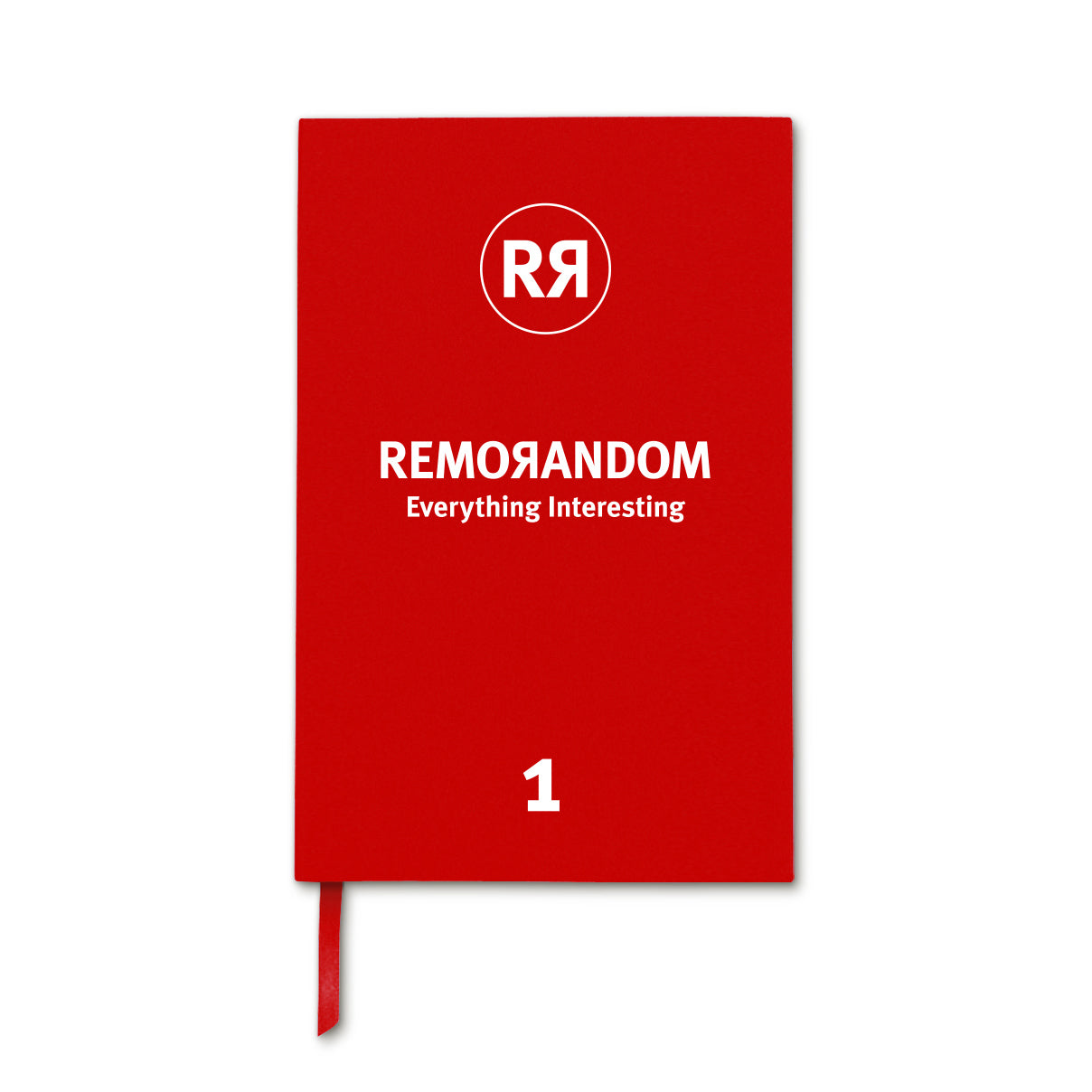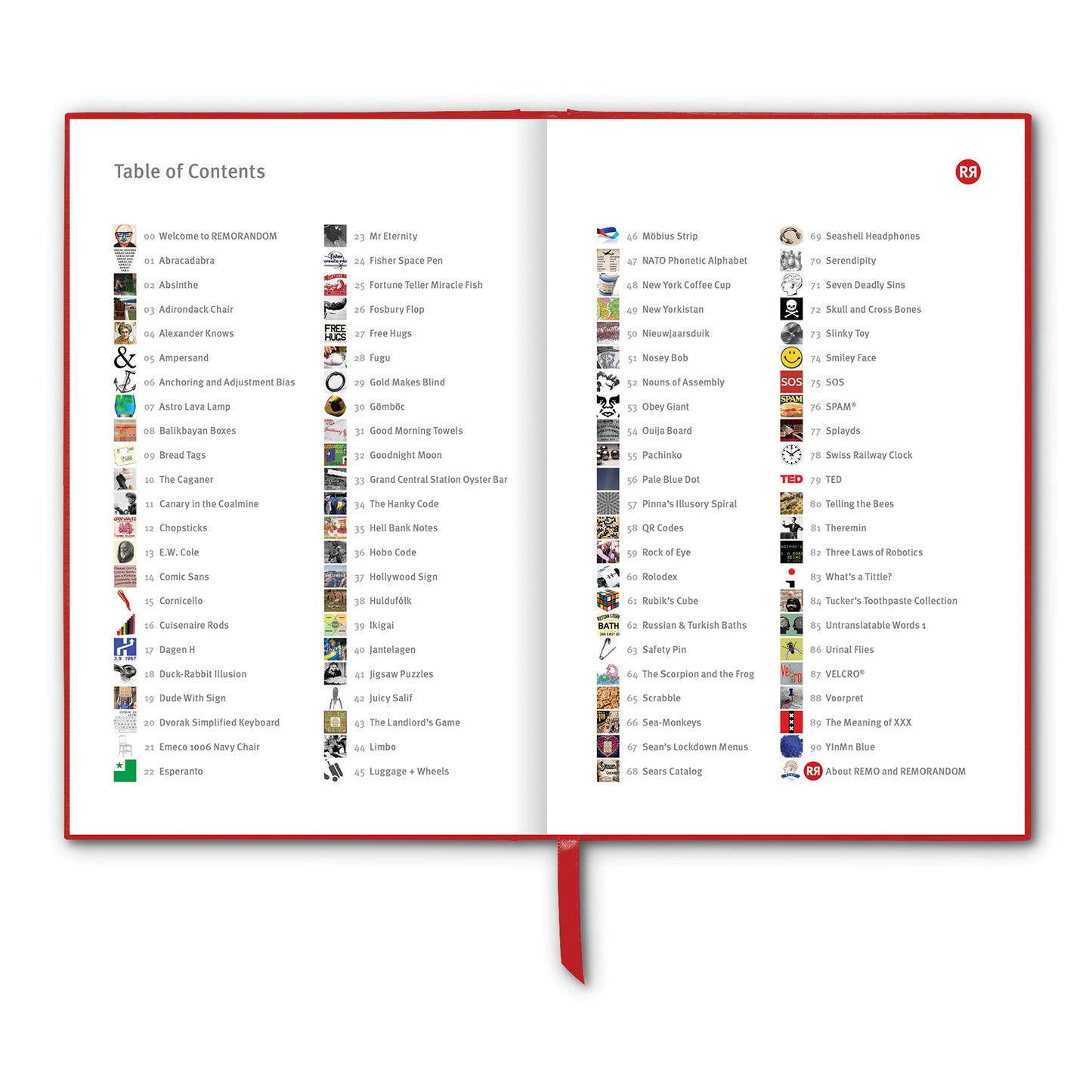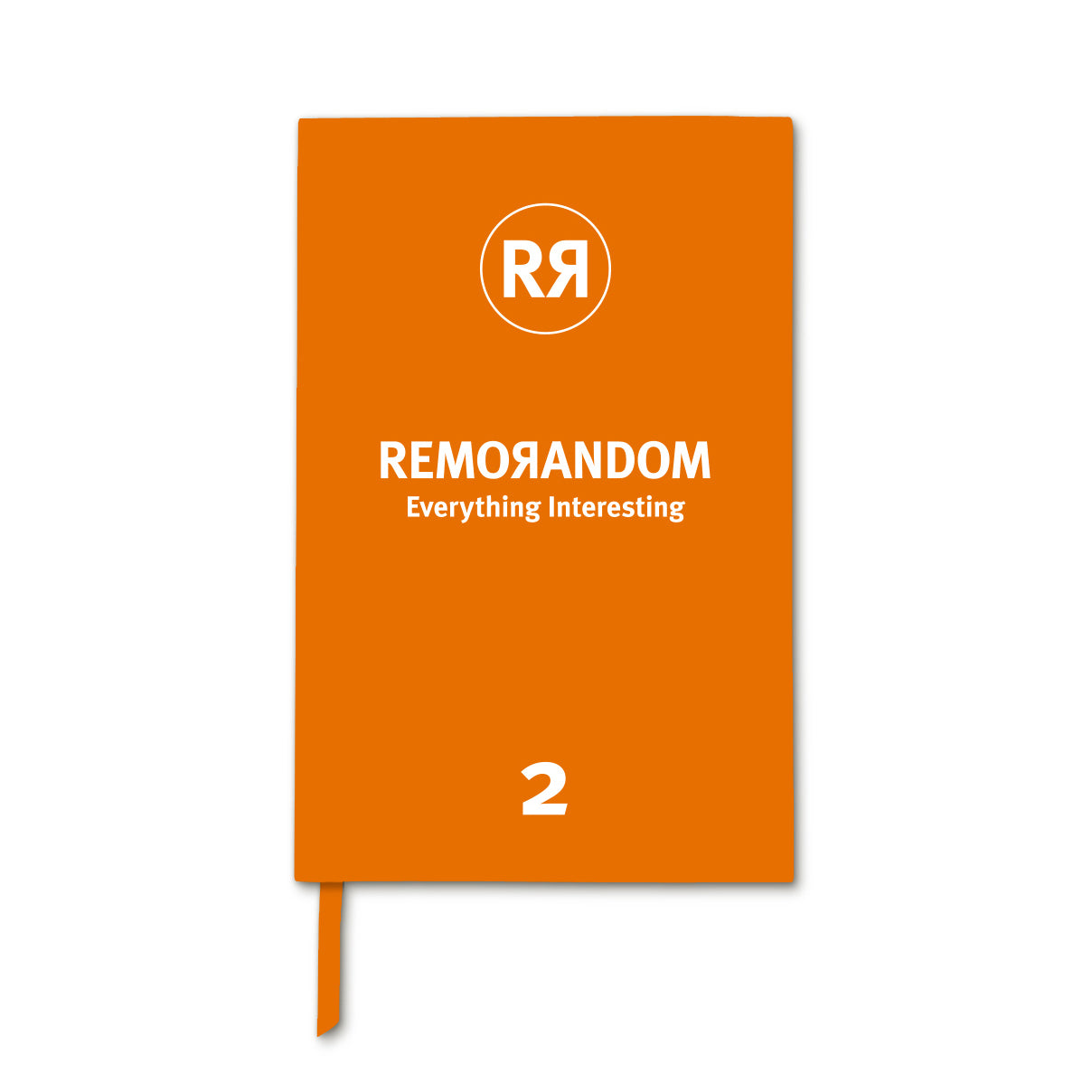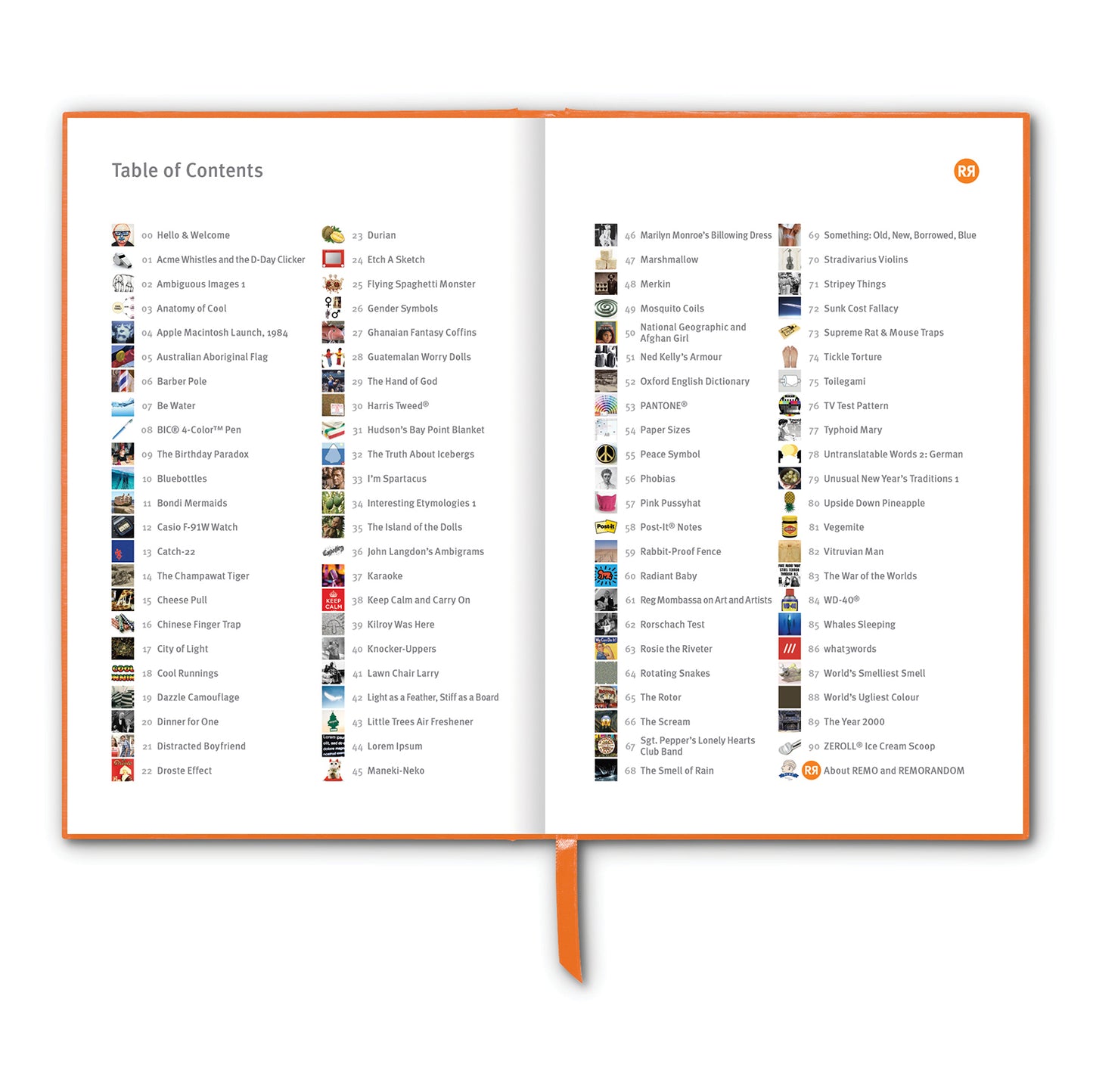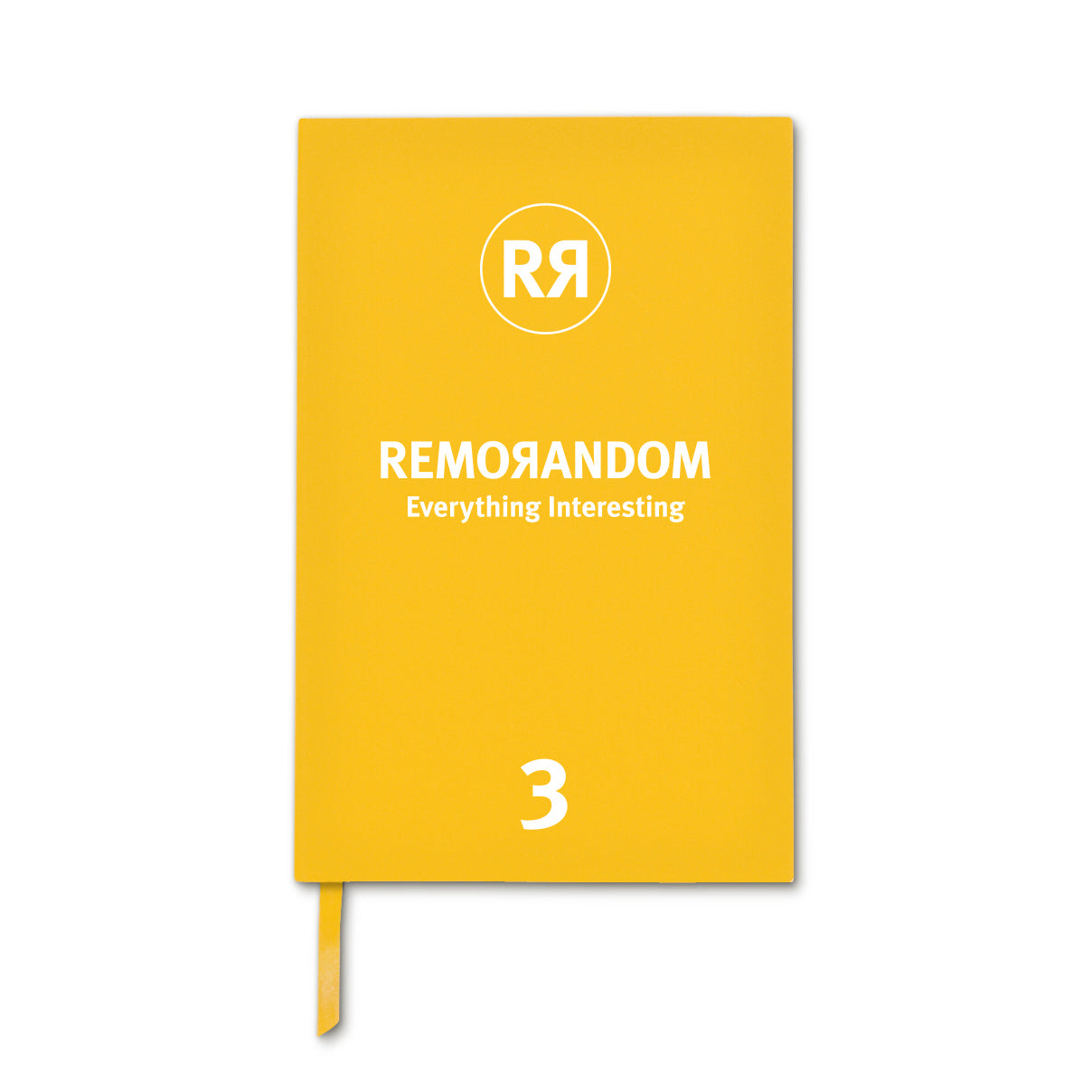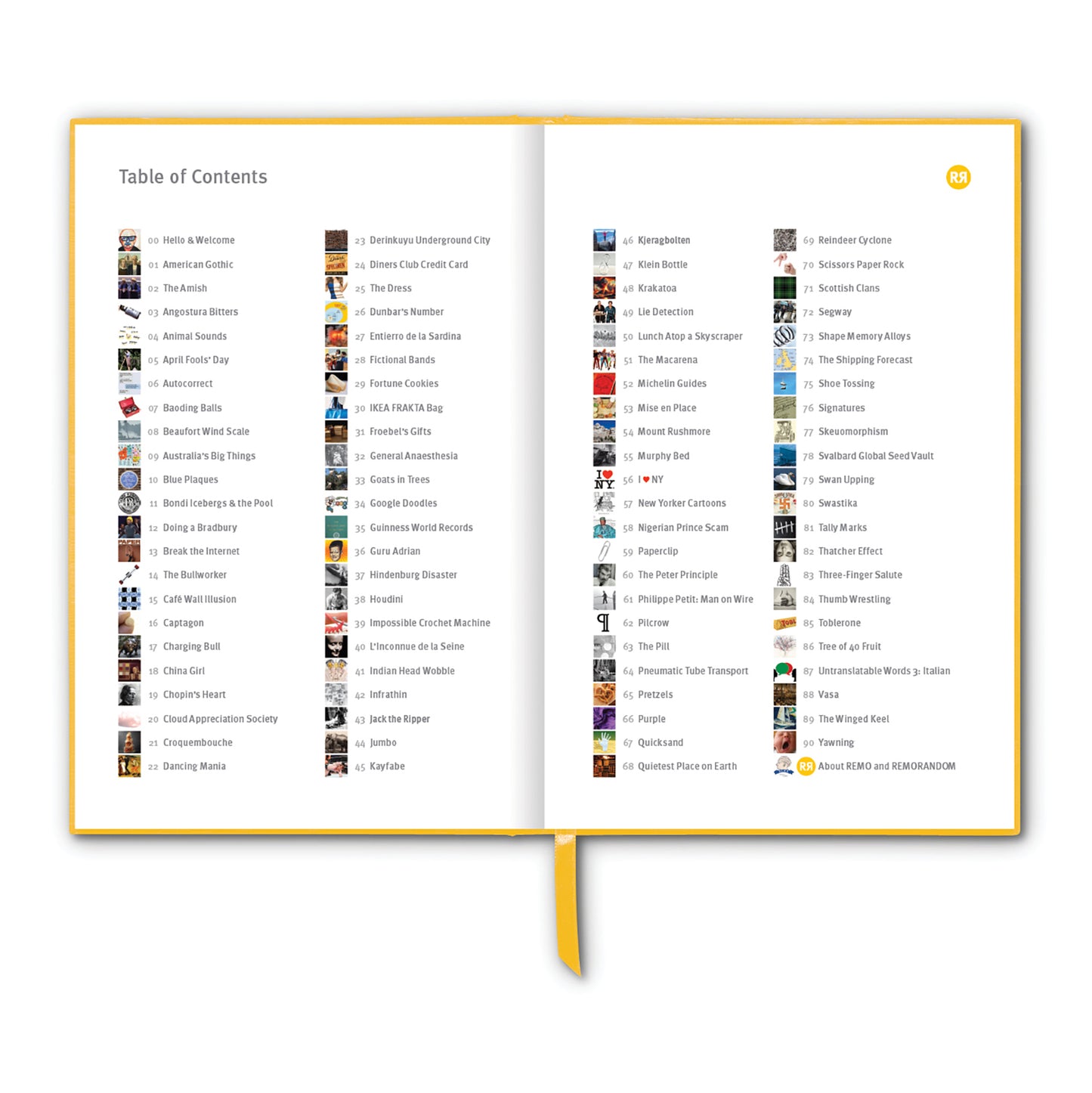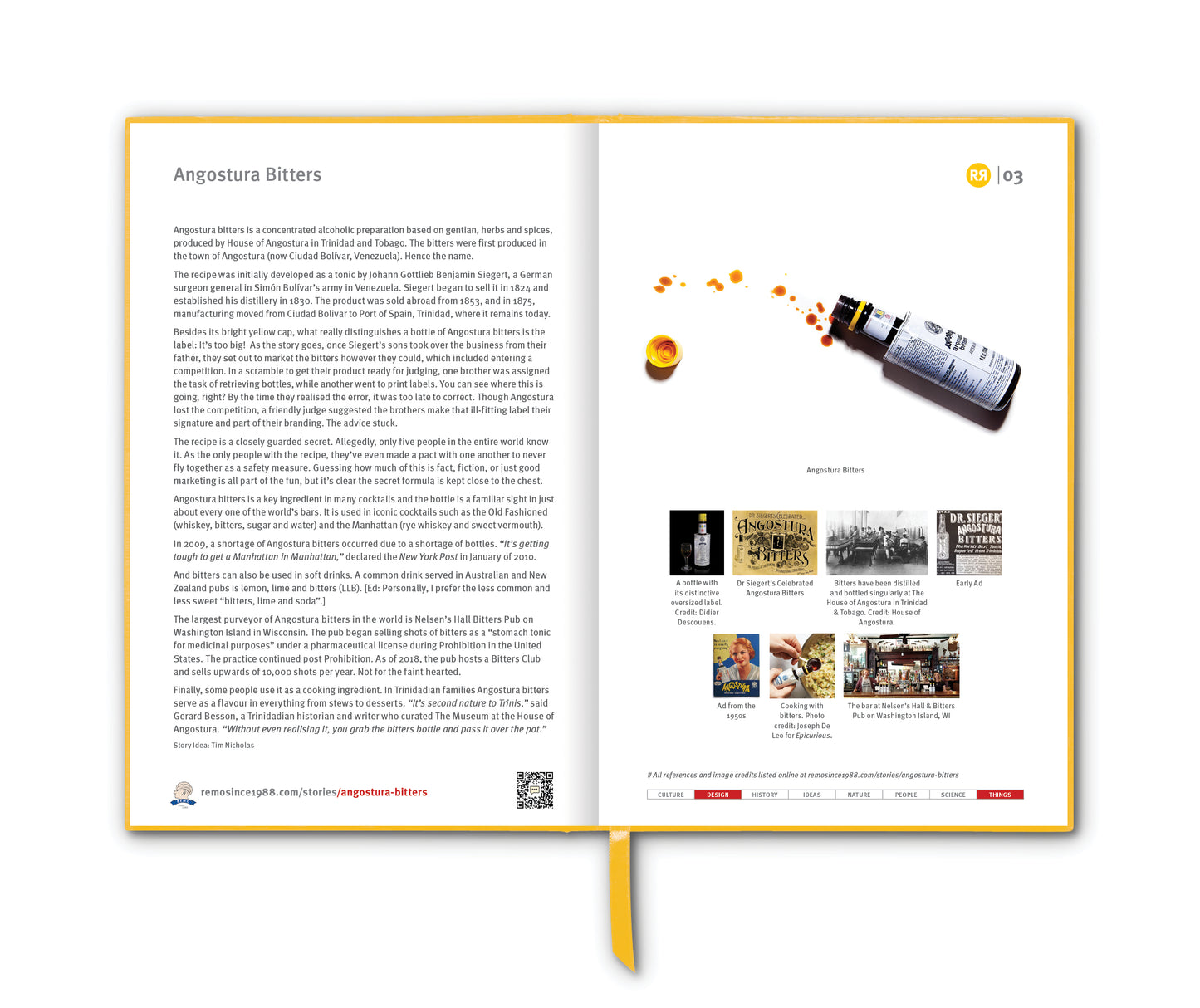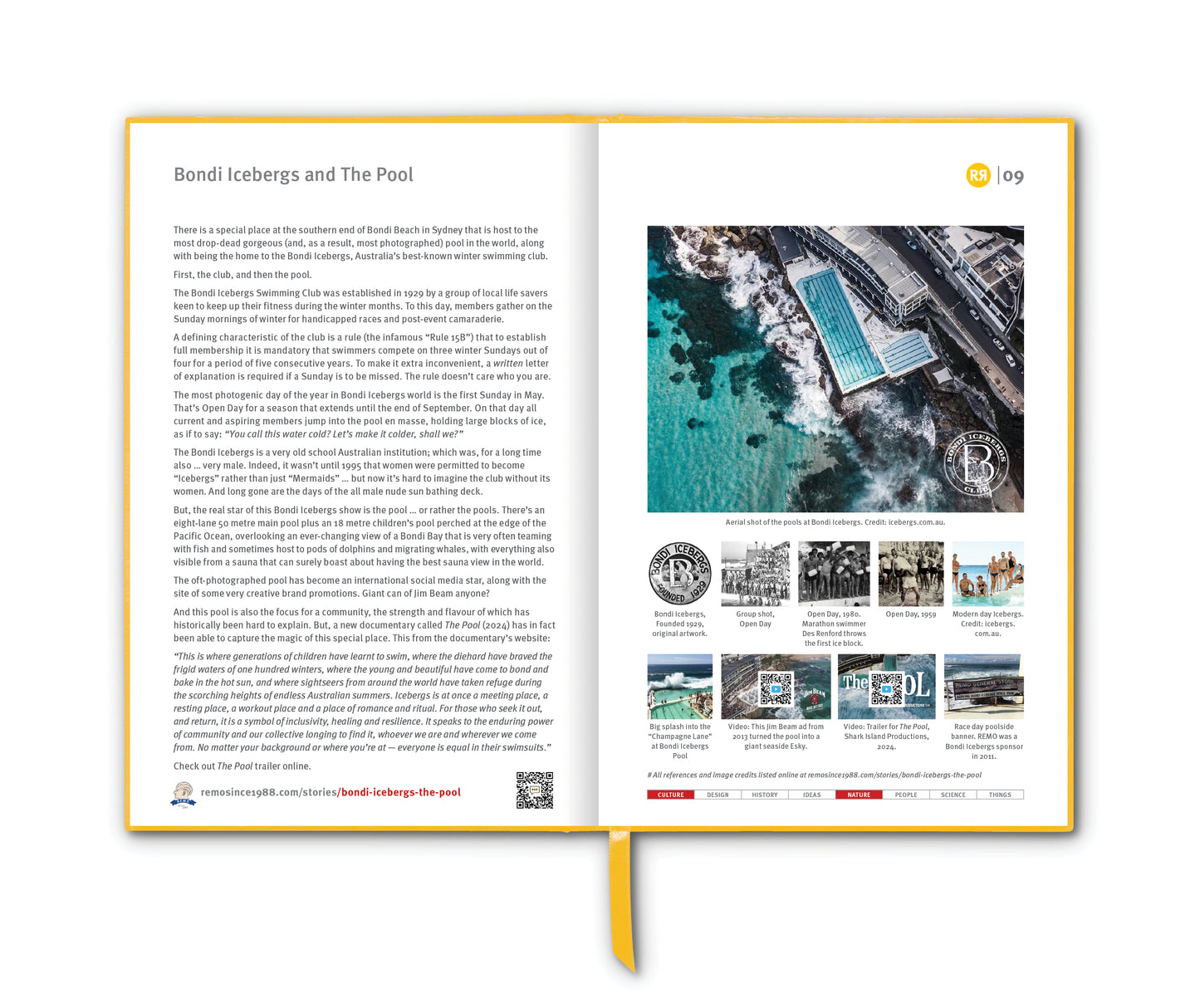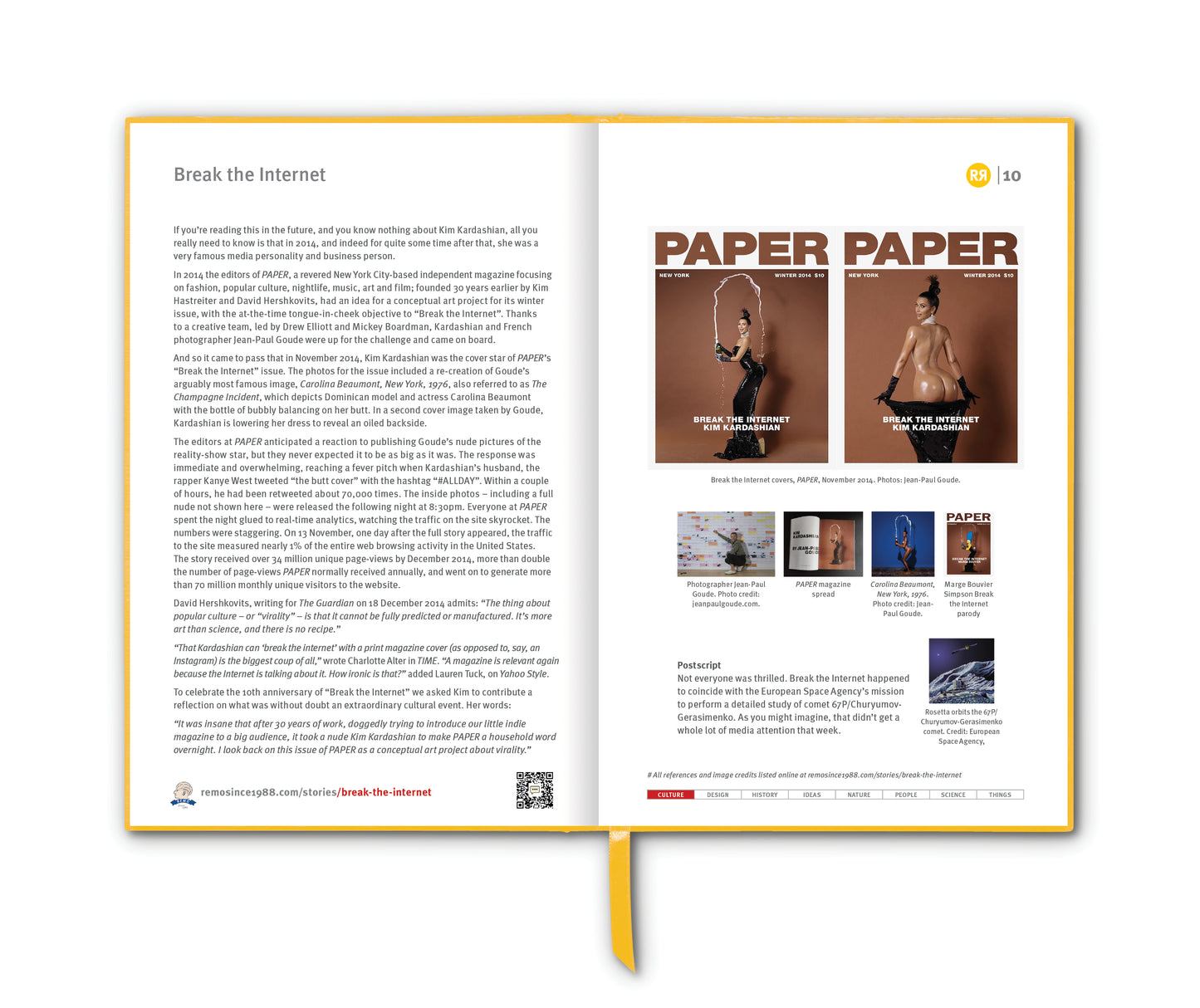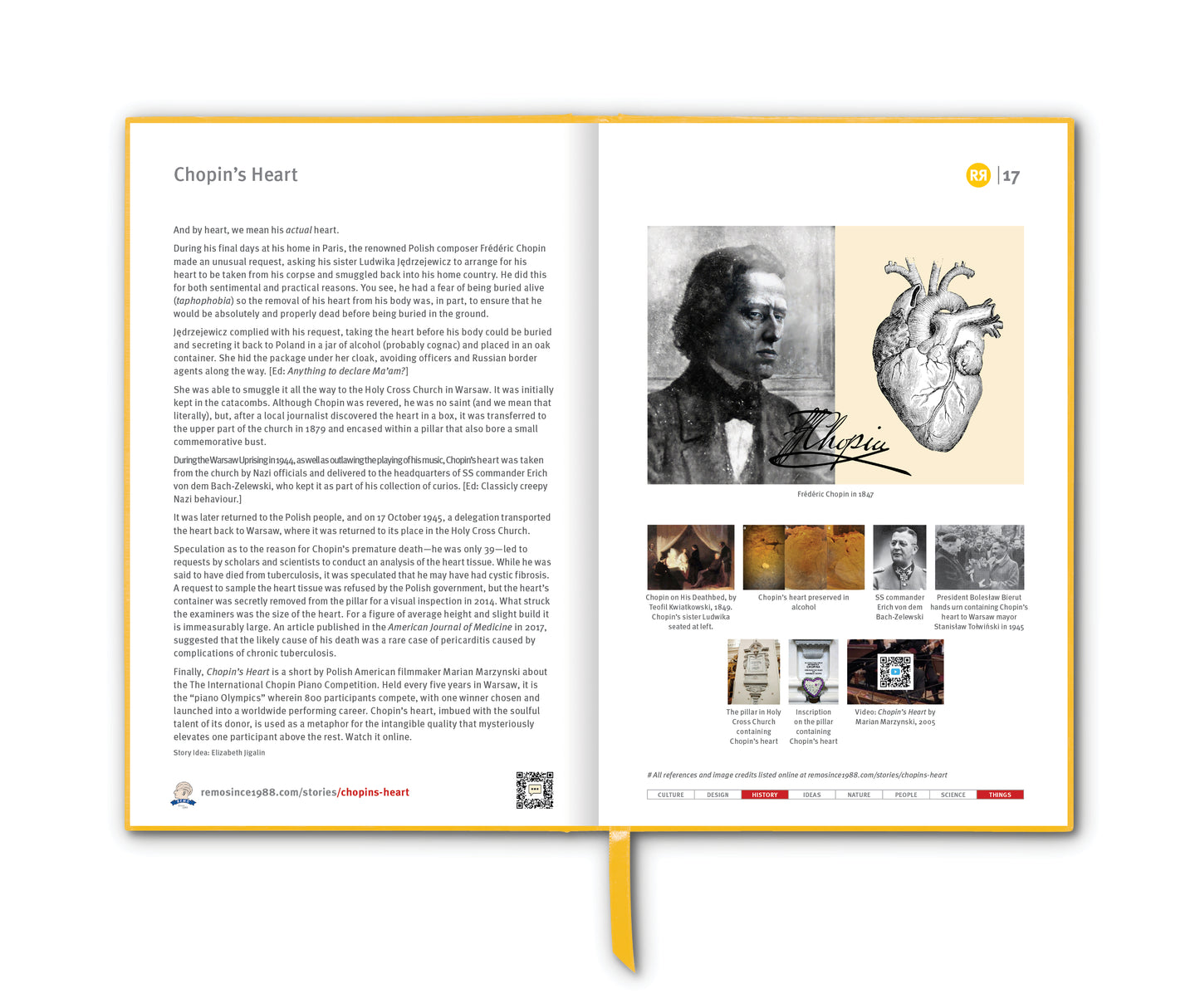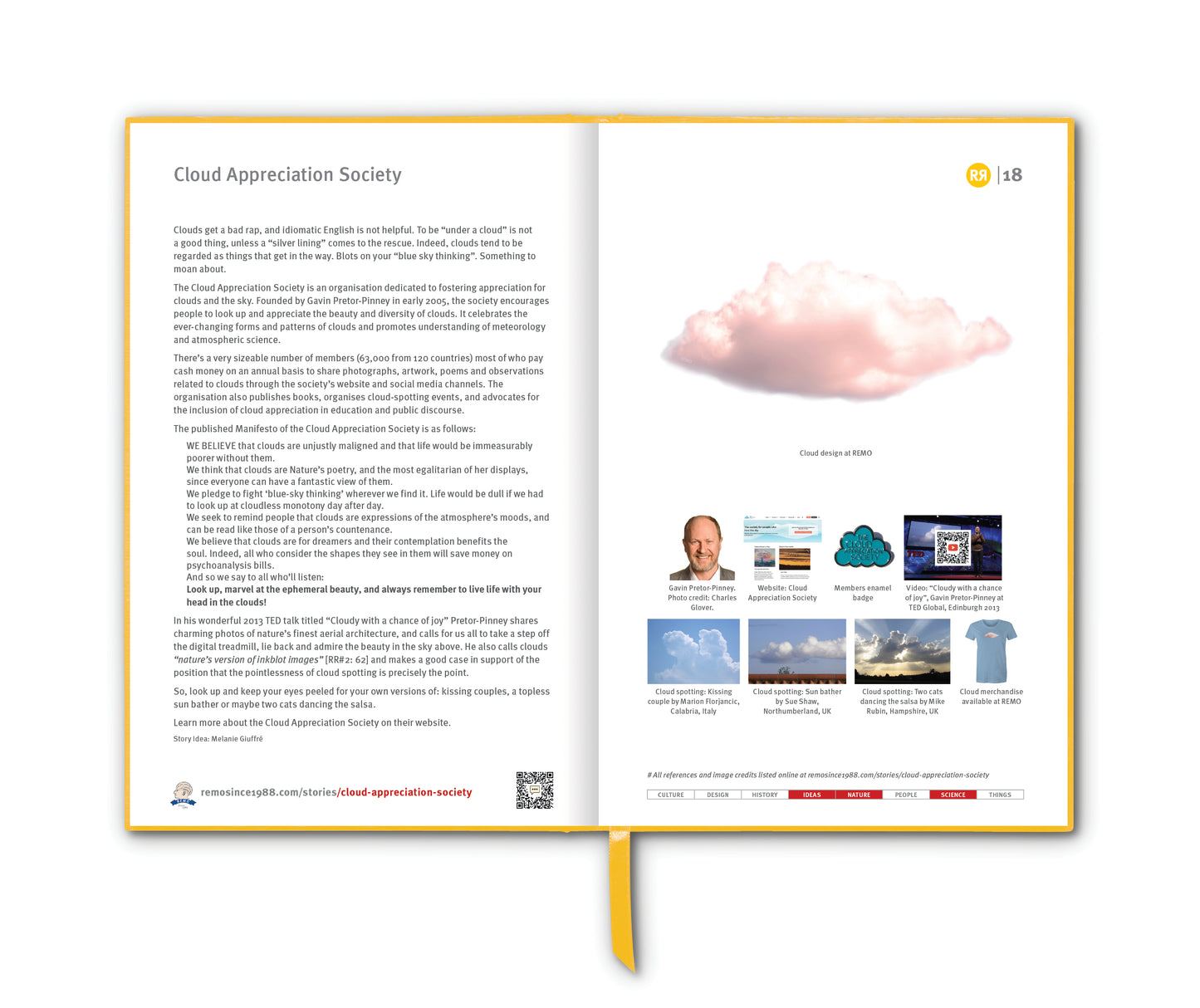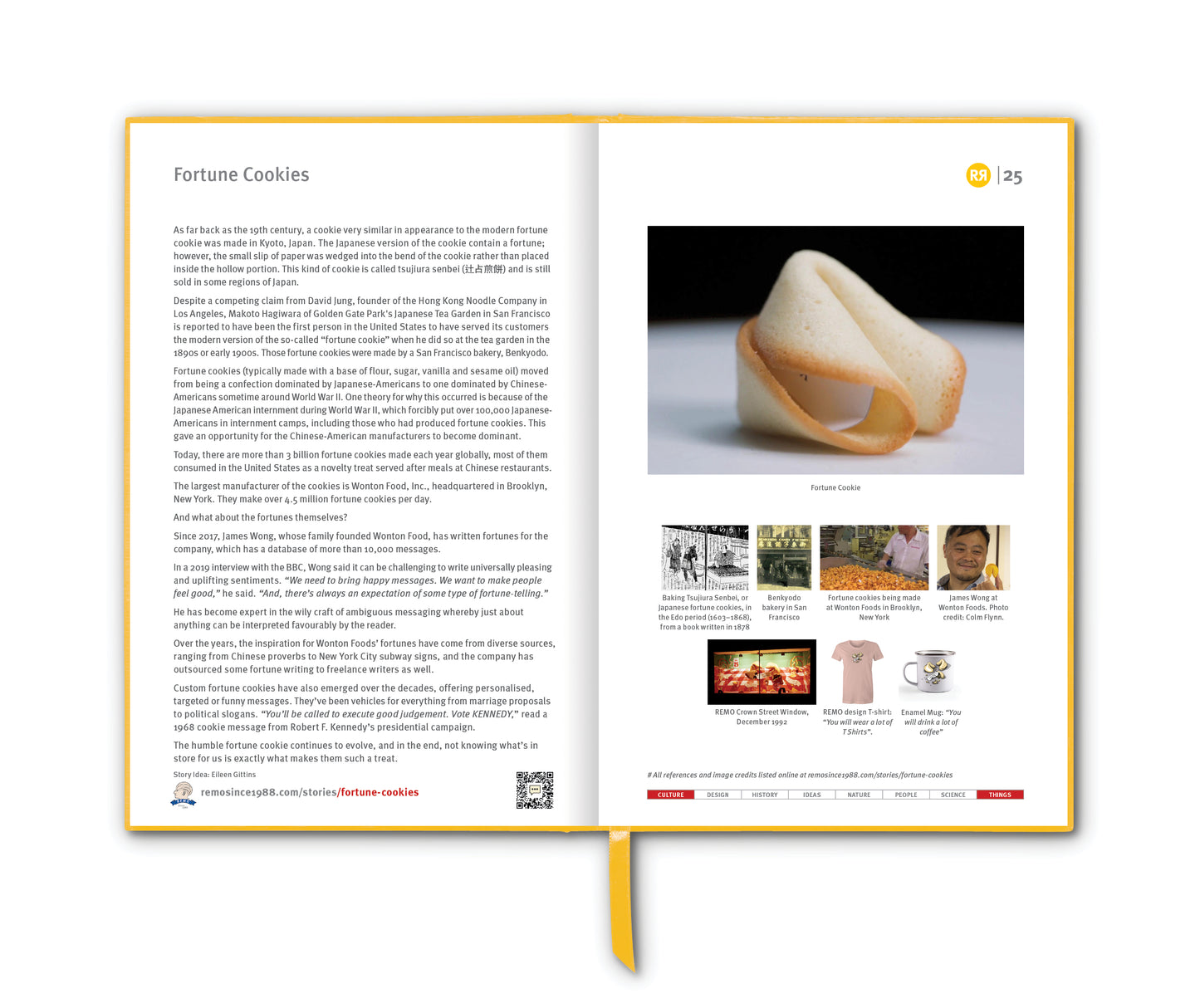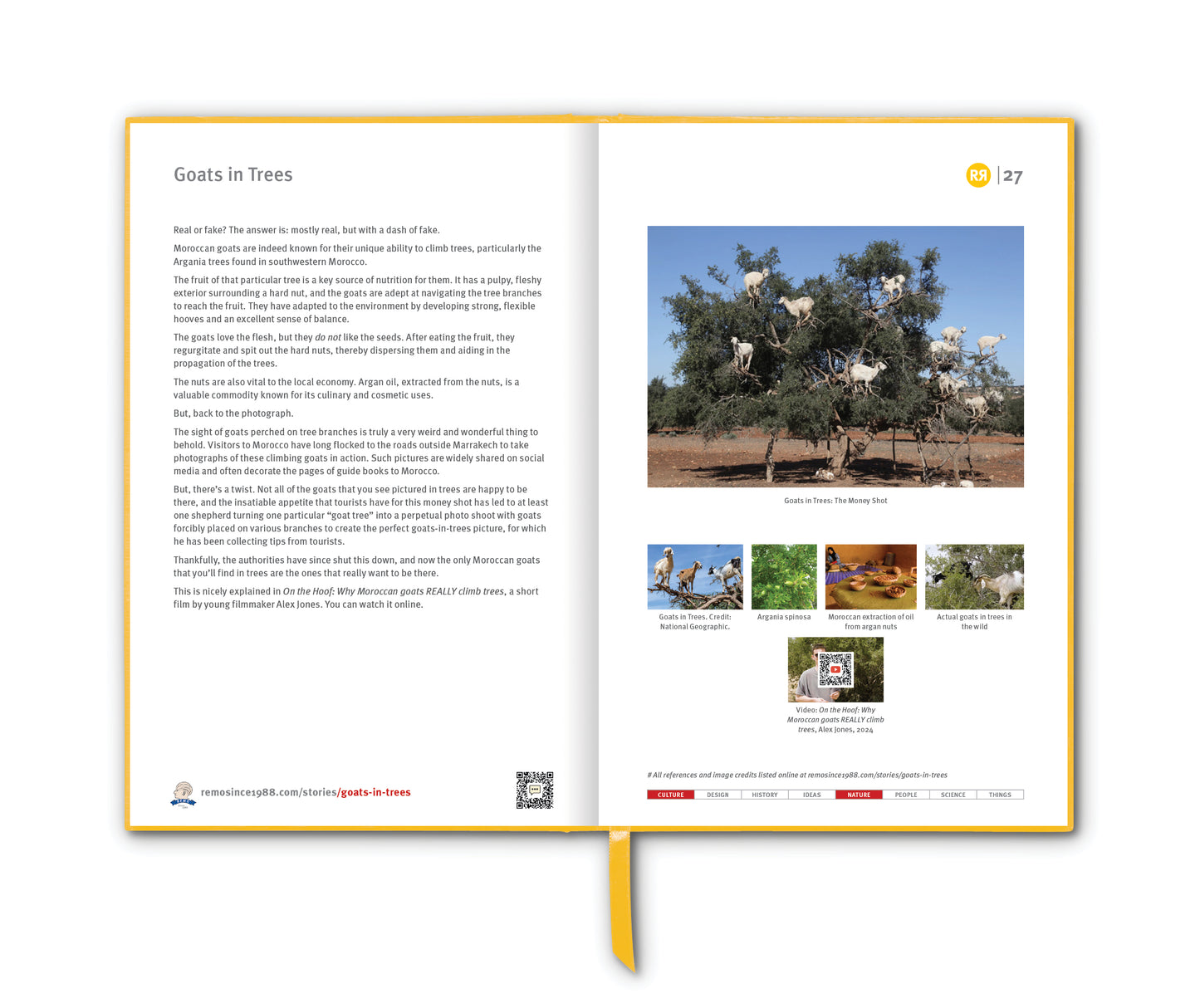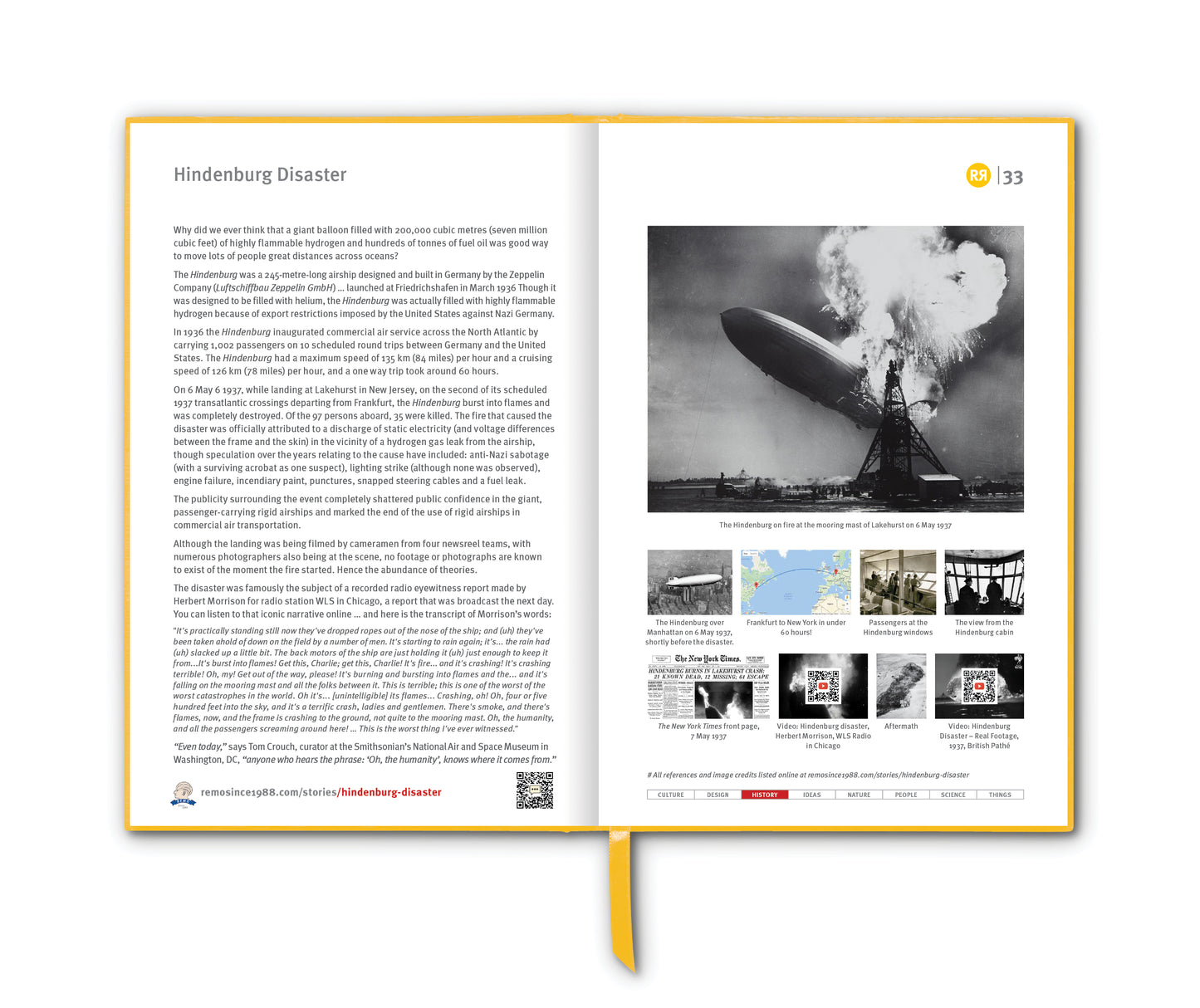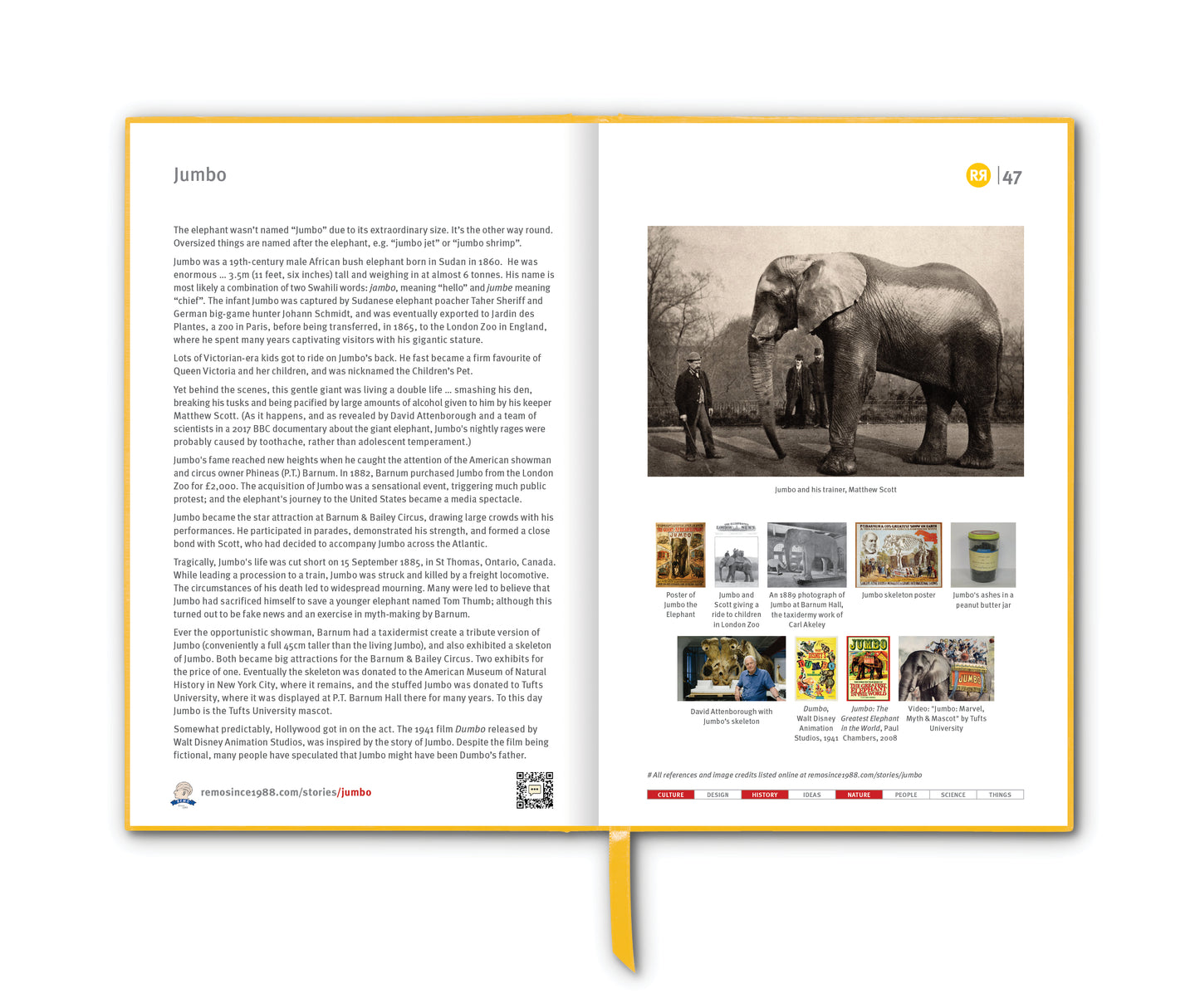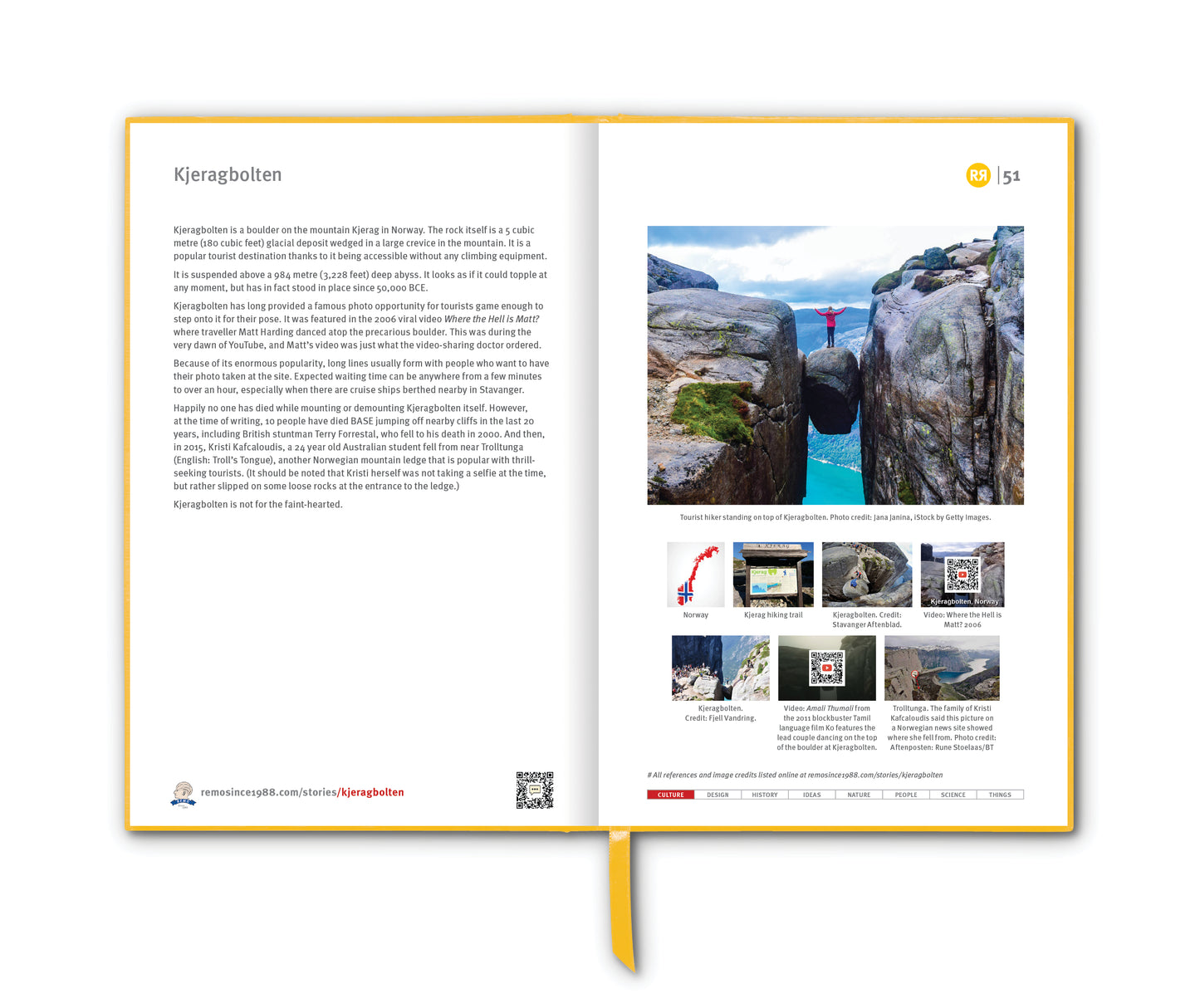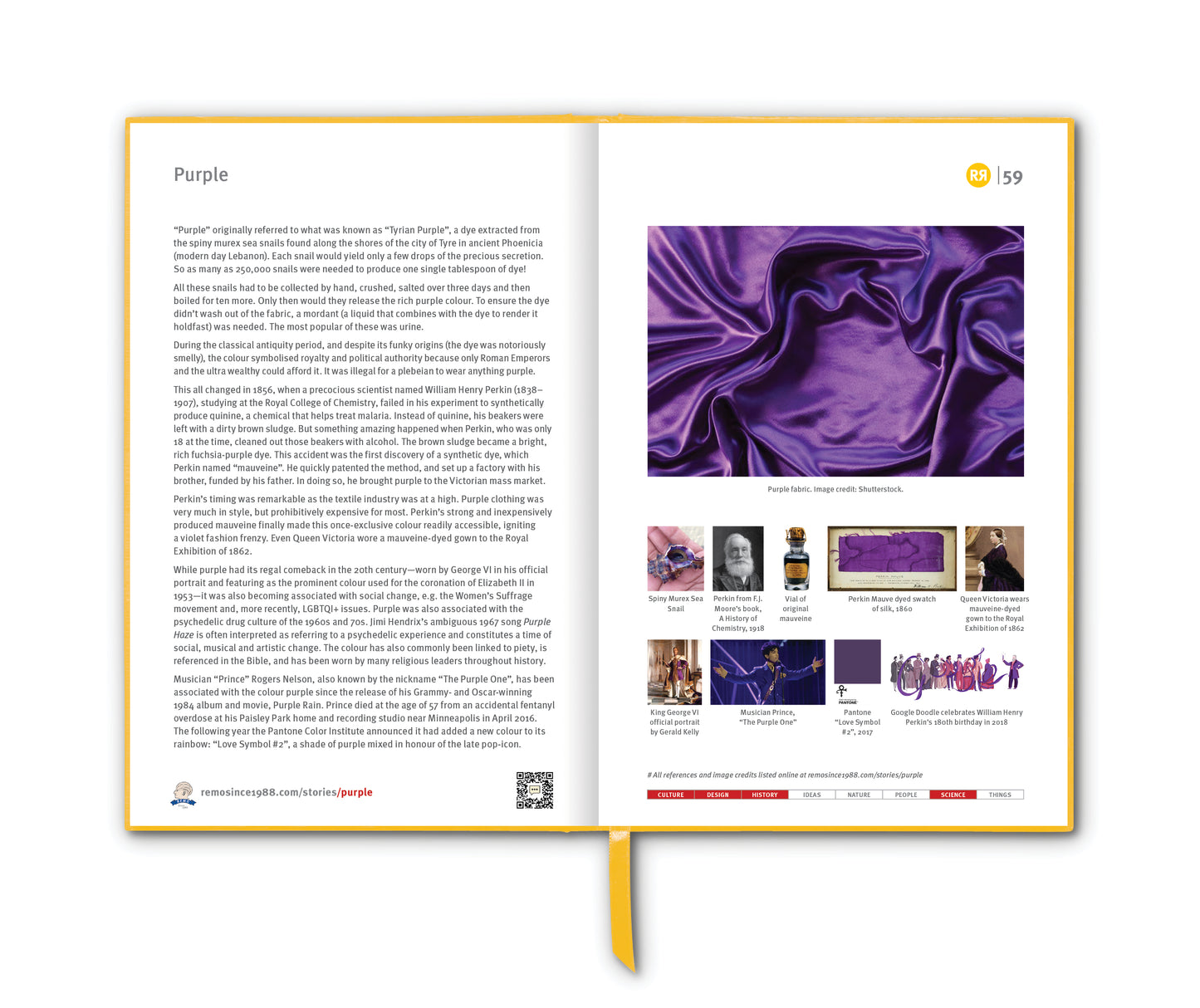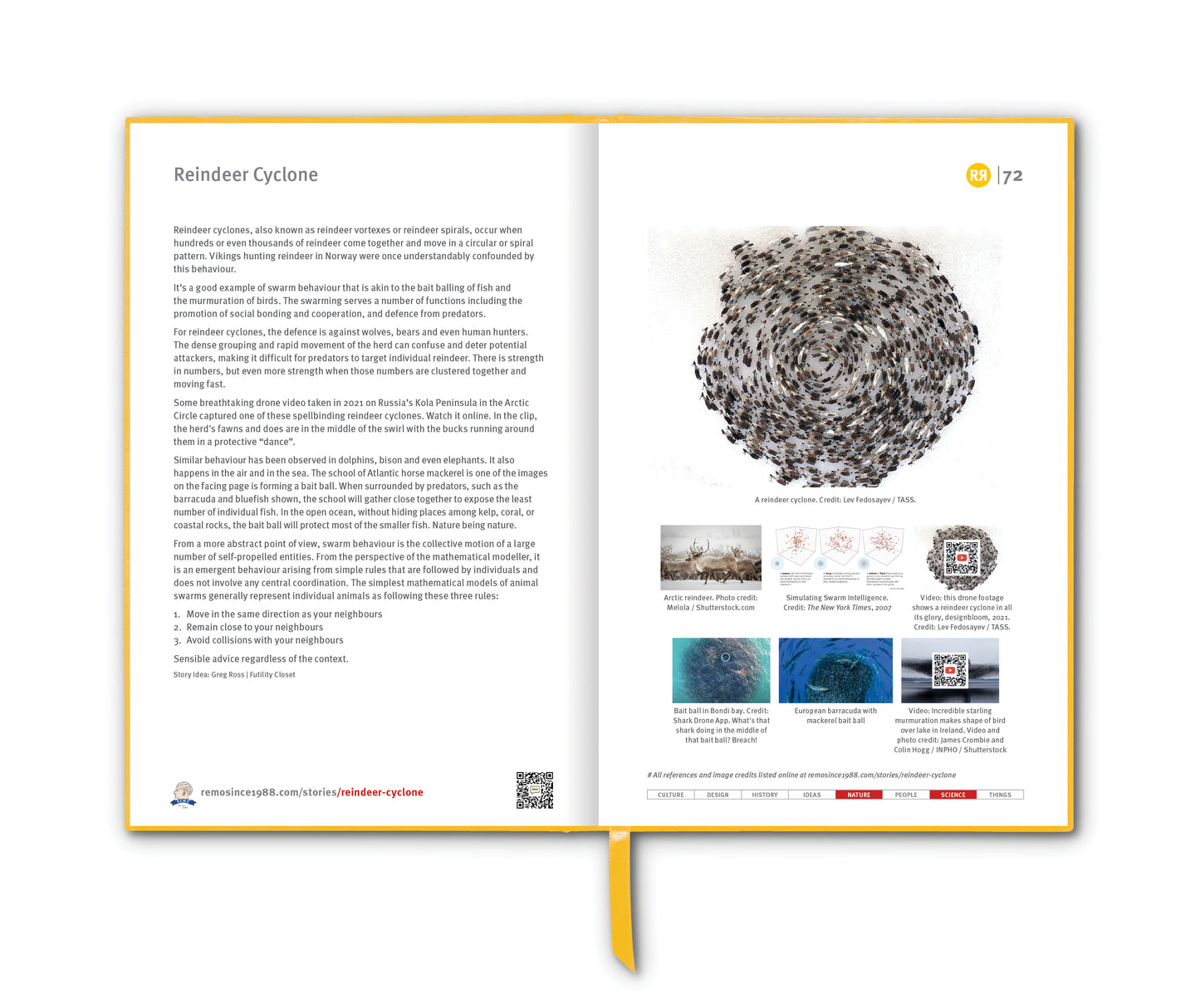In the mid-1970s Ernő Rubik, a Hungarian sculptor and professor of architecture working at the Department of Interior Design at the Academy of Applied Arts and Crafts in Budapest, developed a teaching tool for his students that he initially called the “Magic Cube”. The cube was designed to help them solve the structural problem of moving the parts of the cube independently without the entire mechanism falling apart.
Rubik did not realise that he had created a puzzle until the first time he scrambled his new cube and then tried to restore it. It took him a month.
The first test batches of the Magic Cube were produced in late 1977 and released in Budapest toy shops. The rest is history. The renamed “Rubik's Cube” made its debut at the Nuremberg Toy Fair in 1977, instantly captivating puzzle enthusiasts worldwide. More than 350 million cubes have sold globally. If you were to include knockoffs, the number is far higher. They continue to captivate computer programmers, philosophers and artists.
Competitions and events have been organised to showcase people's skills and innovation. You are probably aware of “speedcubing”, the practice of trying to solve a Rubik's Cube in the shortest time possible. There are a number of speedcubing competitions that take place around the world and an entire subculture that shares its collective feats online. The current record of 3.47 seconds was set by Yusheng Du (杜宇生) at the Wuhu Open in 2018.
You might not be aware of:
Blindfolded Solving. The contestant first studies the scrambled cube by looking at it normally with no blindfold, and is then blindfolded before beginning to turn the cube's faces. Their record time for this event, including both the time spent memorising the cube and the time spent manipulating it, is 12.97 seconds set by Tommy Cherry of the United States on 10 December 2022 at GA Cubers Personal Best Quest 2022.
Feet Solving. The world record fastest Rubik's Cube solve with one's feet is 15.56 seconds, set by Mohammed Aiman Koli of India on 27 December 2019 at VJTI Mumbai Cube Open 2019.
Clearly, some people have too much spare time.
As an aside, there are 43 quintillion possible permutations of the cube. If one had one standard-sized Rubik's Cube for each permutation, one could cover the Earth's surface 275 times, or stack them in a tower 261 light years high.
To this day, Rubik's invention remains a symbol of perseverance and creativity. To celebrate the 40th birthday of the cube, Rubik appeared on the NBC News Today Show in the US. When asked to explain the key purposes of the cube, Rubik replied: “The key is very simple. Never give up. That’s the key question. You need patience, because … that’s life; and we need to solve our problems in life.”
The cube has come to embody “much more than just a puzzle”, the cognitive scientist Douglas Hofstadter wrote in 1981. “It is an ingenious mechanical invention, a pastime, a learning tool, a source of metaphors, an inspiration.”
Story Idea: Remo Giuffré
____________________________
Rubik's Cube exists in printed form as chapter 61 of RR#1 … available to order HERE
____________________________
References
rubiks.com
wikipedia.org/wiki/Rubik%27s_Cube
nytimes.com/2020/09/16/books/erno-rubik-rubiks-cube-inventor-cubed.html
Video: Rubik’s Cube Creator On How It Became A Global Phenomenon | TODAY
Images
1 & 2. Rubik's Cube
3. Ernő Rubik with cube. Image: rubiks.com
4. Original Wooden Prototype via nytimes.com
5. Rubik's World Championship, 1982
6. Yusheng Du (杜宇生) at the Wuhu Open in 2018
7. Homer Plays With Rubik's Cubes on The Simpsons
8. Giant Rubik's Cube on Maroubra Beach in Sydney, 2016
